Handbook of the Mammals of the WorldVolume 5: Monotremes and Marsupials
原价为:$204.80。$174.08当前价格为:$174.08。
Illustrator
有库存
原价为:$204.80。$174.08当前价格为:$174.08。
重量
4.6 kg
尺寸
24 × 31 厘米
语言
English
格式
精装
页面
800
出版日期
June 2015
出版商
Lynx Edicions
说明
鸭嘴兽、针鼹鼠、负鼠、袋鼠、考拉、小袋鼠和袋熊–单孔类和有袋类动物中包括许多几个世纪以来一直令哺乳动物爱好者感到好奇的动物。 有袋类动物起源于南美洲,很可能在大约 5000 万年前通过南极洲到达澳大利亚。 有袋类动物的近亲仍留在美洲,它们已经适应了多种多样的生活方式和栖息地。 HMW 第 5 卷全面介绍了这两类重要的哺乳动物。 该书图文并茂,用彩色照片展示了所有单孔目动物和有袋类动物的不同行为,包含了所有单孔目动物和有袋类动物家族的最新信息,包括澳大利亚和美洲的单孔目动物和有袋类动物。
2016 年惠特利奖章获得者

澳大利亚新南威尔士皇家动物学会每年都会主办惠特利奖。 这些奖项是为了向澳大利亚著名鱼类学家吉尔伯特-惠特利(Gilbert Whitley)致敬。 惠特利奖旨在表彰过去 12 个月中出版的有关澳大拉西亚动物学和该地区独特动物群的最佳出版物。 惠特利奖章和特别嘉奖是澳大利亚动物学出版界最炙手可热的奖项。
惠特利奖颁奖典礼于2016年9月22日在悉尼澳大利亚博物馆举行。 克里斯托弗-迪克曼教授代表 Lynx Edicions 领奖并致辞。
惠特利奖牌#Whitley2016 pic.twitter.com/v7iJv9EueP
– RZS NSW (@rzsnsw)22 de setembre de 2016
- 阅读导言,了解有关第 5 卷内容的更多信息。
- 本卷还包括克里斯托弗-赫尔根(Kristofer Helgen)和伊丽莎白-维奇(Elizabeth Veatch)撰写的 “已灭绝的有袋类动物和单孔类动物“专章。
| 本卷涉及的家庭有 | |
| 针鼹科(针鼹属) | 斯图尔特-尼科尔 |
| 鸭嘴兽科 | 汤姆-格兰特 |
| 负鼠科 | 迭戈-阿斯图阿 |
| 鼩鼱科 | 布鲁斯-帕特森 |
| 微生物科(Monito del Monte) | 爱德华多-帕尔马和亚历杭德罗-巴利亚达雷斯-戈麦斯 |
| 有袋鼹鼠科 | 肯-阿普林 |
| 蝾螈科 | 托尼-弗兰德 |
| 食肉有袋类 | 安德鲁-贝克 |
| 山榄科(大山榄属) | 里克-索斯盖特 |
| 喙蝠科(喙蝠属和喙蝠属) | 克里斯托弗-迪克曼 |
| 考拉科 | 斯蒂芬-杰克逊 |
| 袋熊科(袋熊) | 罗德-韦尔斯 |
| 侏儒负鼠科 | 斯蒂芬-杰克逊 |
| 负鼠科(负鼠、刷尾负鼠和鳞尾负鼠) | 克里斯托弗-赫尔根和斯蒂芬-杰克逊 |
| 伪尾负鼠科(环尾负鼠和大滑翔机) | 斯蒂芬-杰克逊 |
| 负鼠科(条纹负鼠、铅比特负鼠和小滑翔机) | 斯蒂芬-杰克逊 |
| 蜜袋鼠科 | 罗纳德-沃勒 |
| 羽尾滑翔机和羽尾负鼠科 | 肯-阿普林 |
| 家族 Hypsiprymnodontidae(麝香鼠袋鼠) | 安德鲁-丹尼斯 |
| 槟榔科(槟榔属和槟榔属) | 马克-埃尔德里奇和葛丽泰-弗兰科姆 |
| 袋鼠科(袋鼠和小袋鼠) | 马克-埃尔德里奇和格雷姆-库尔森 |
- 44 幅彩图
- 717 幅彩色照片
- 375 幅分布图
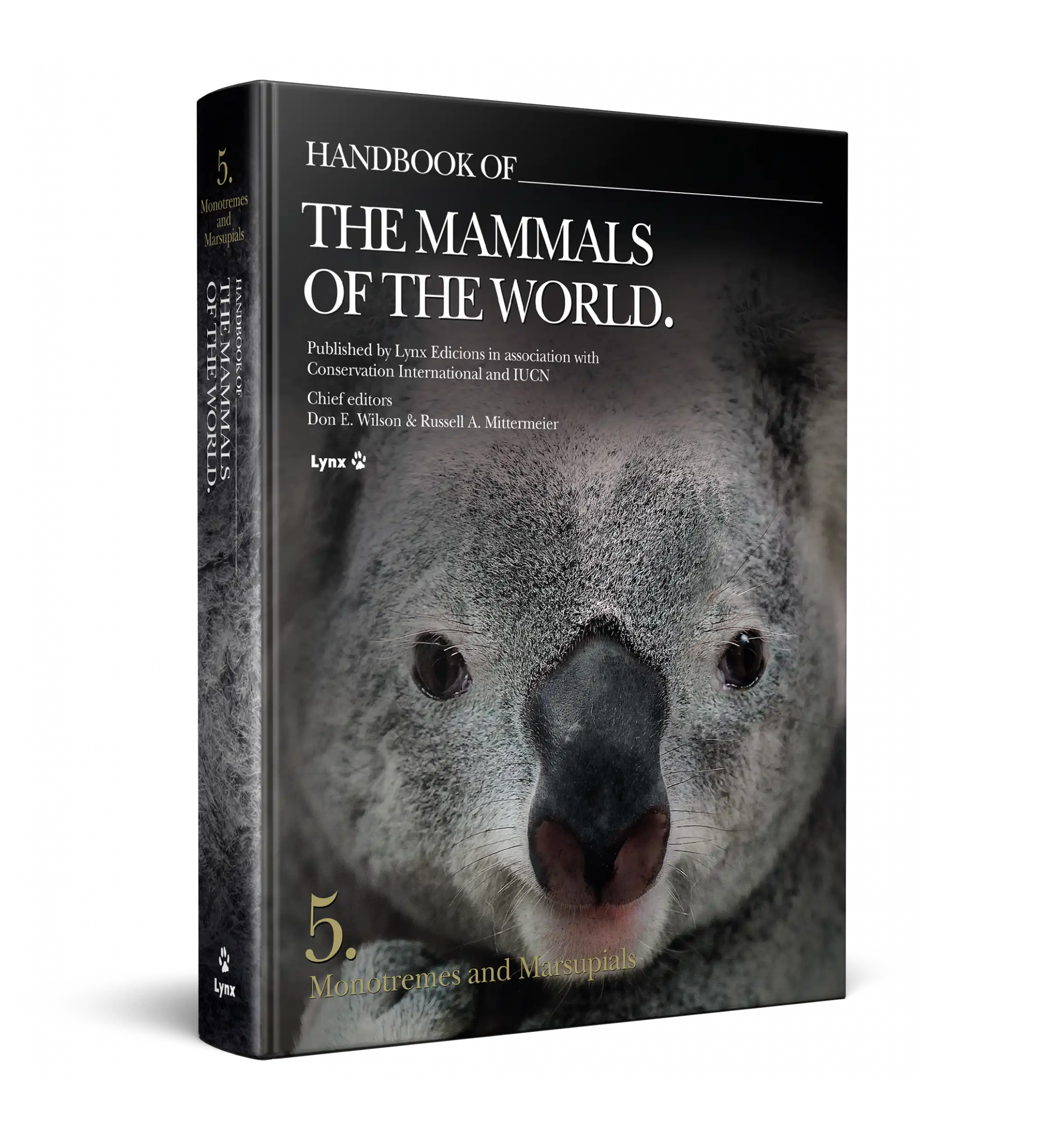
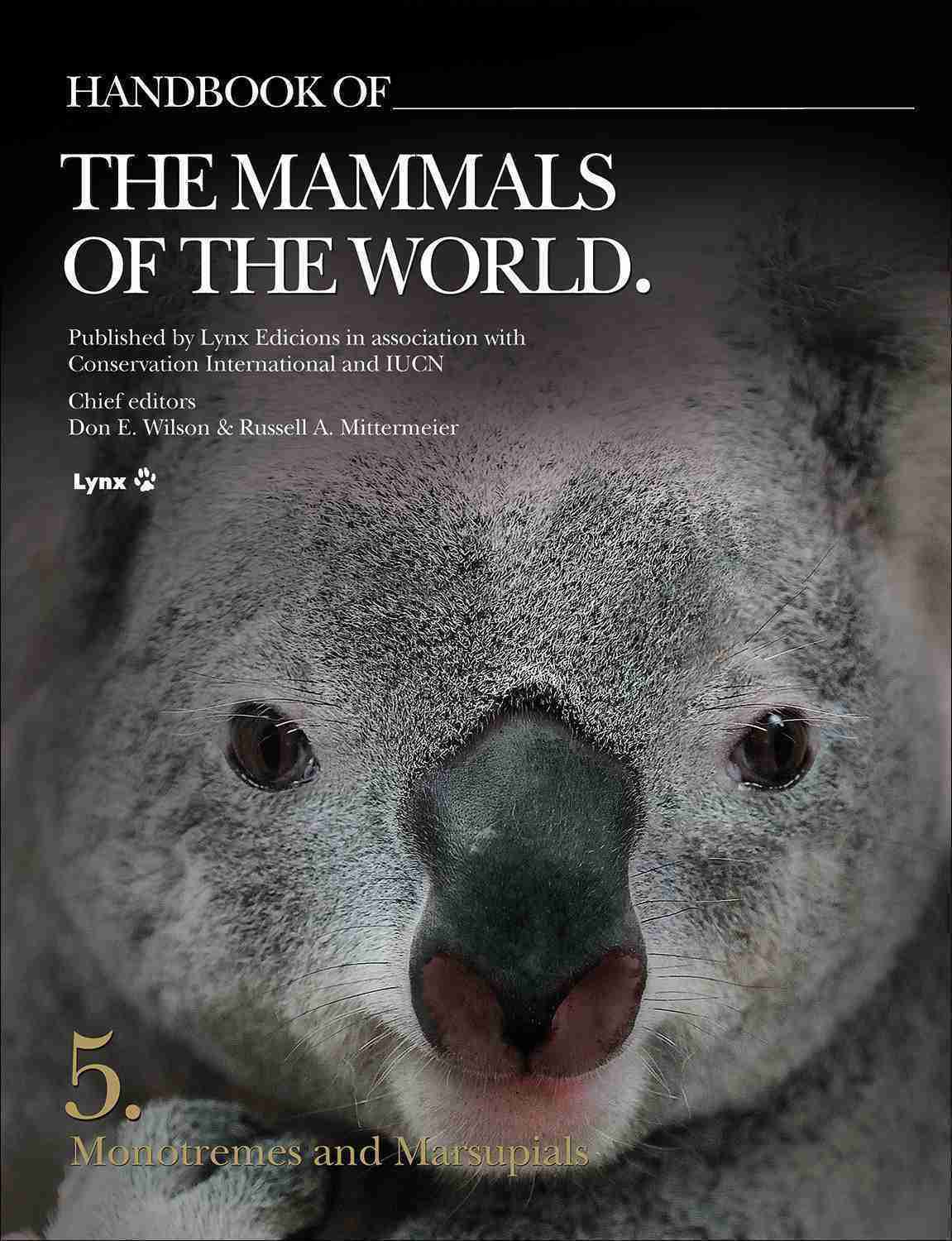
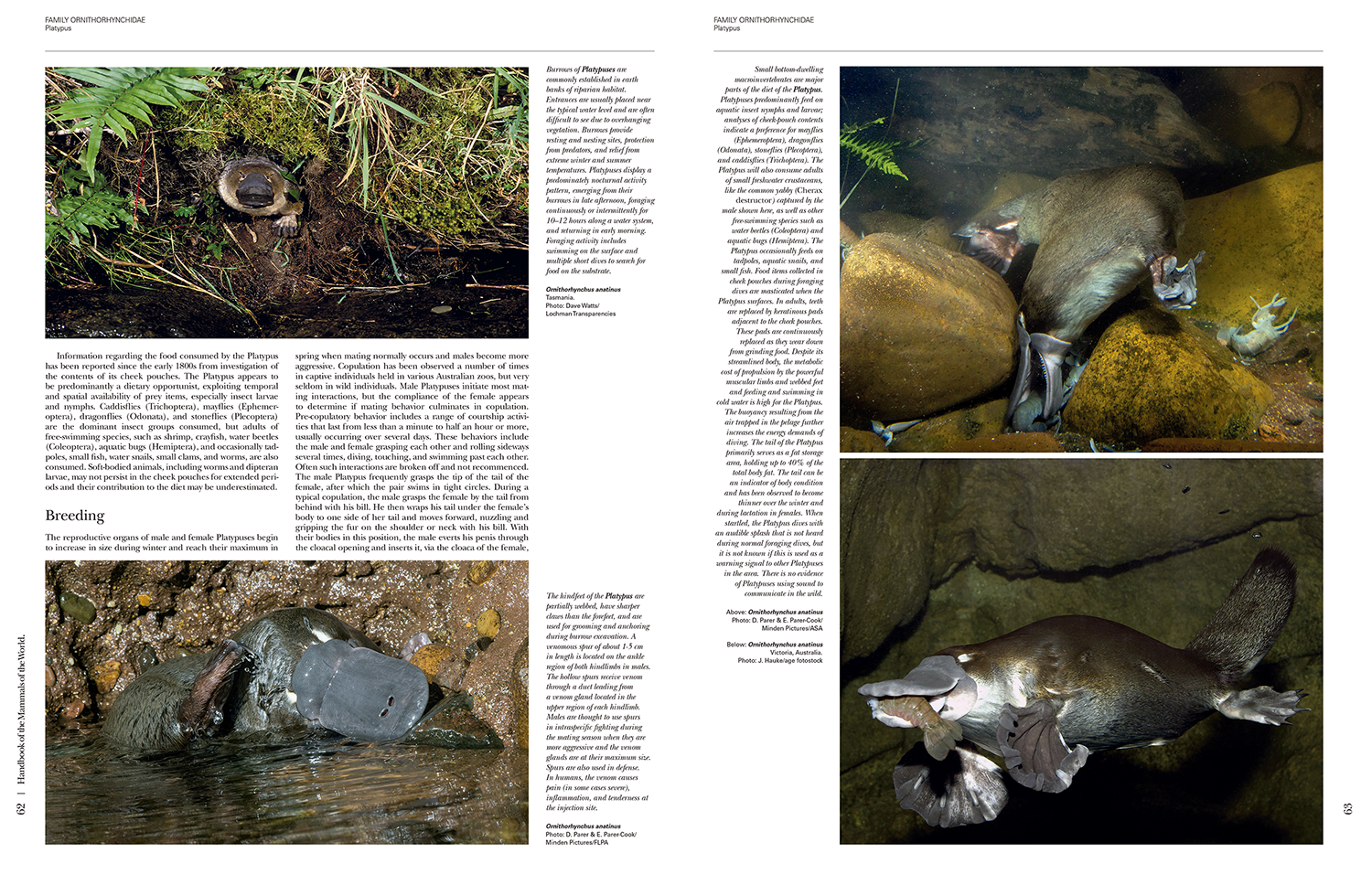
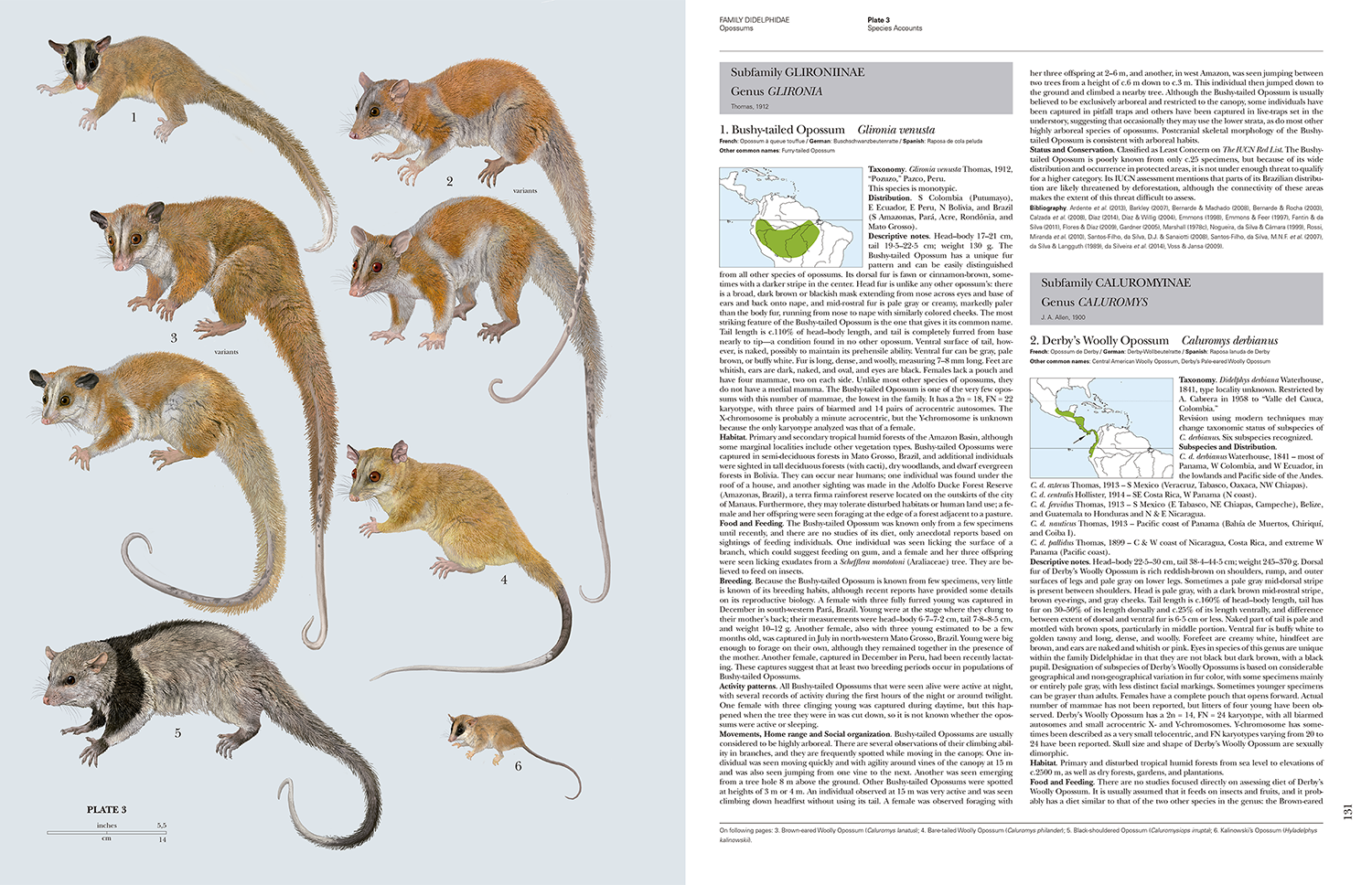
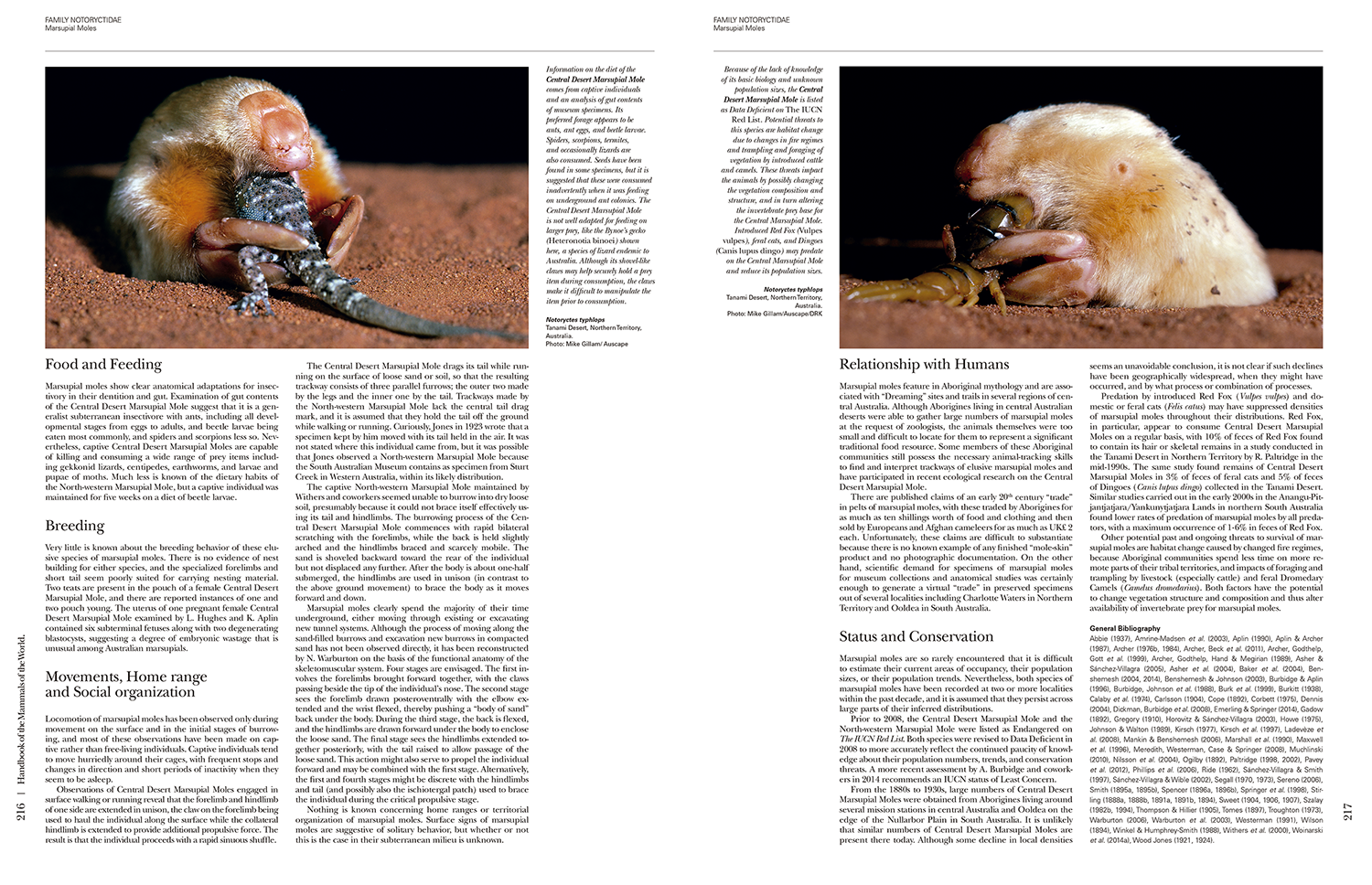
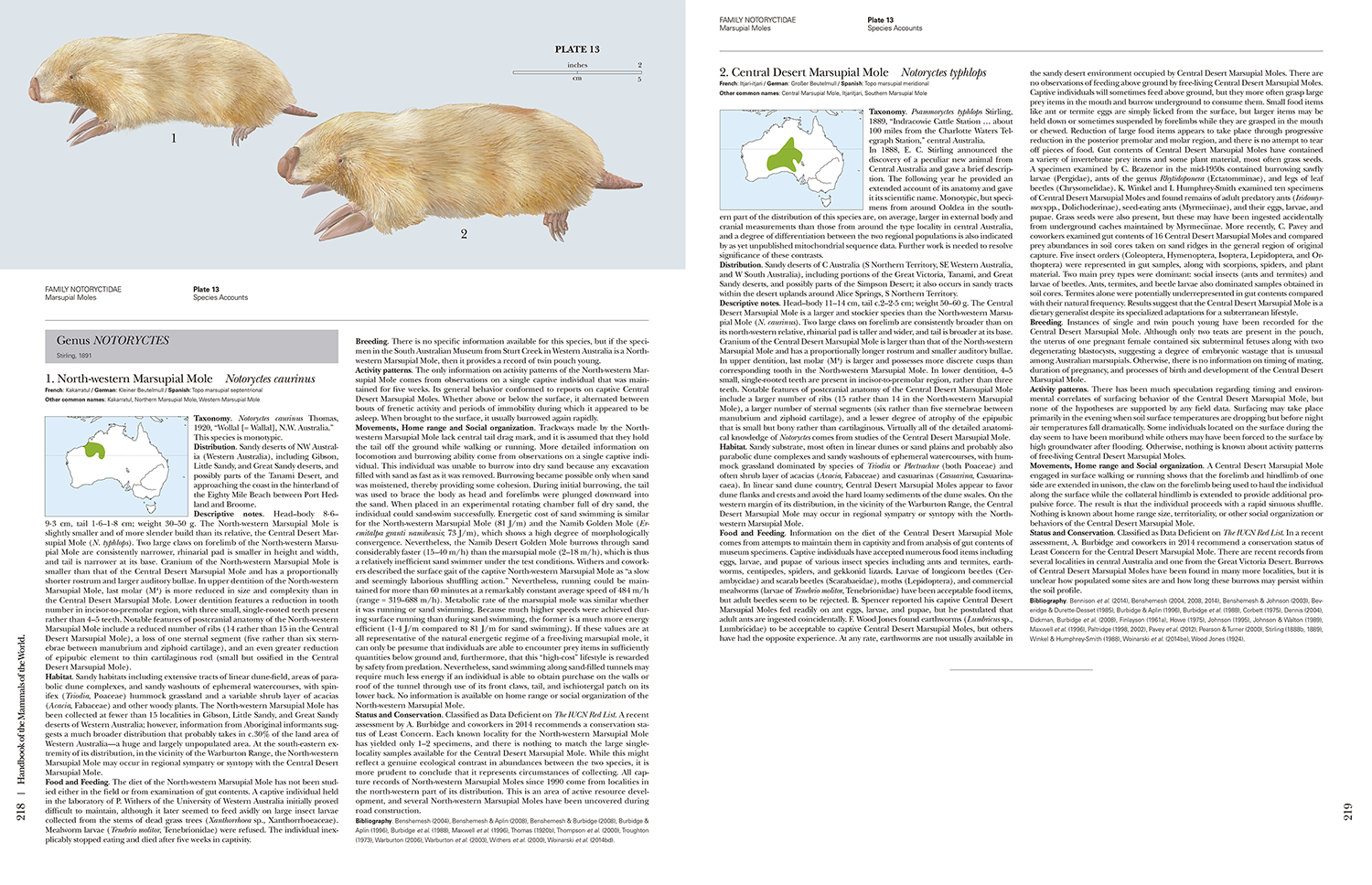
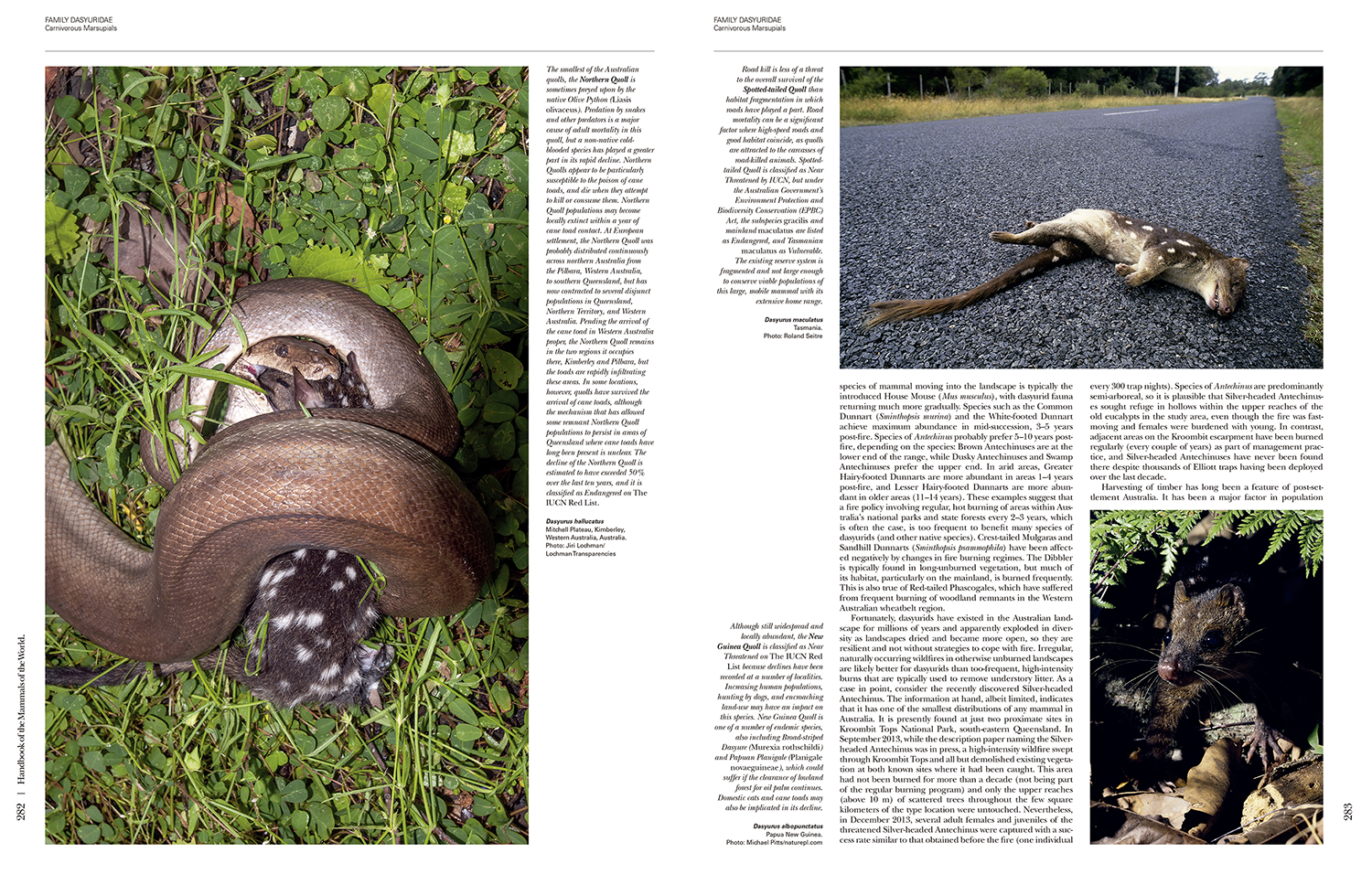
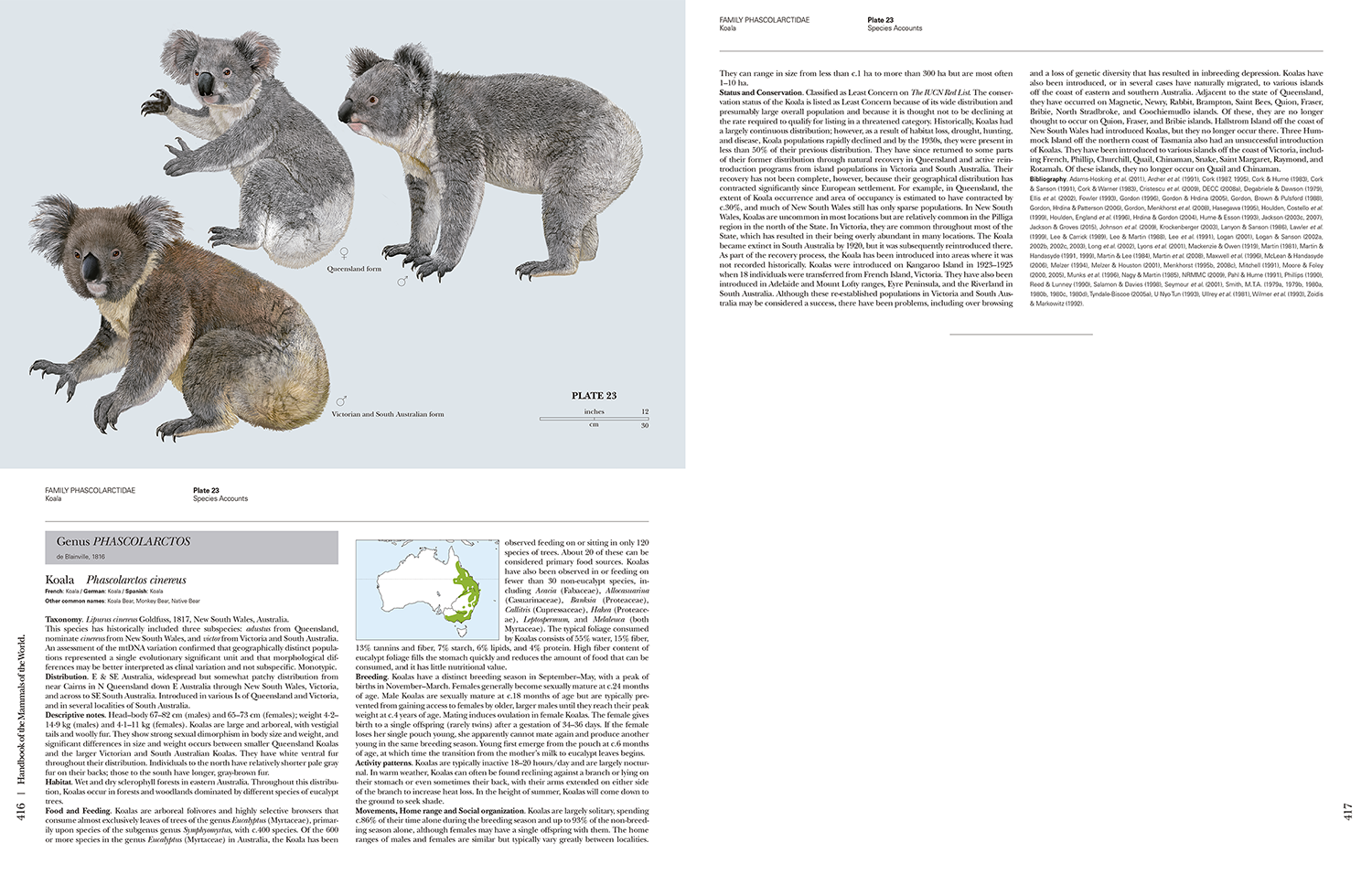
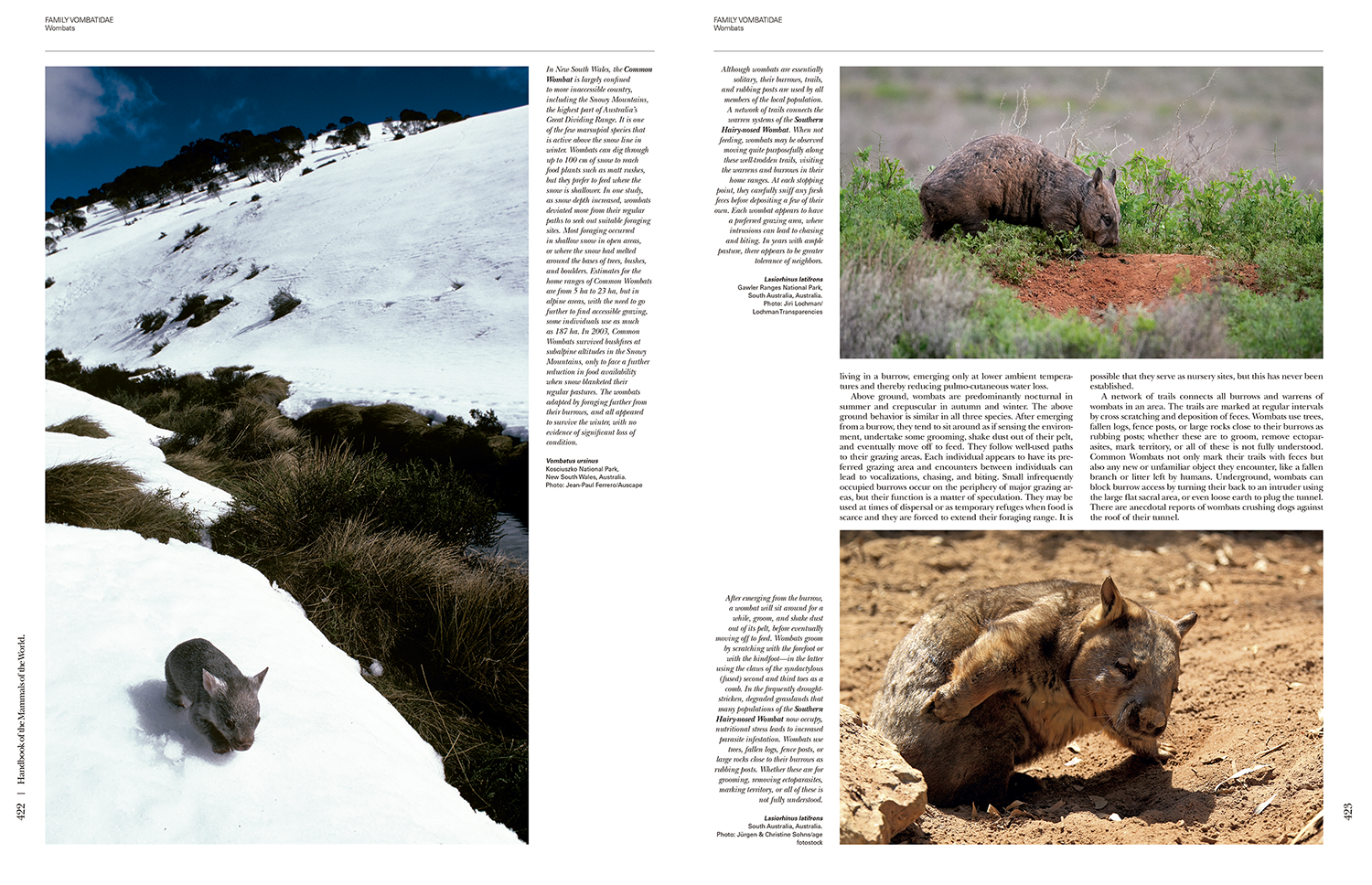
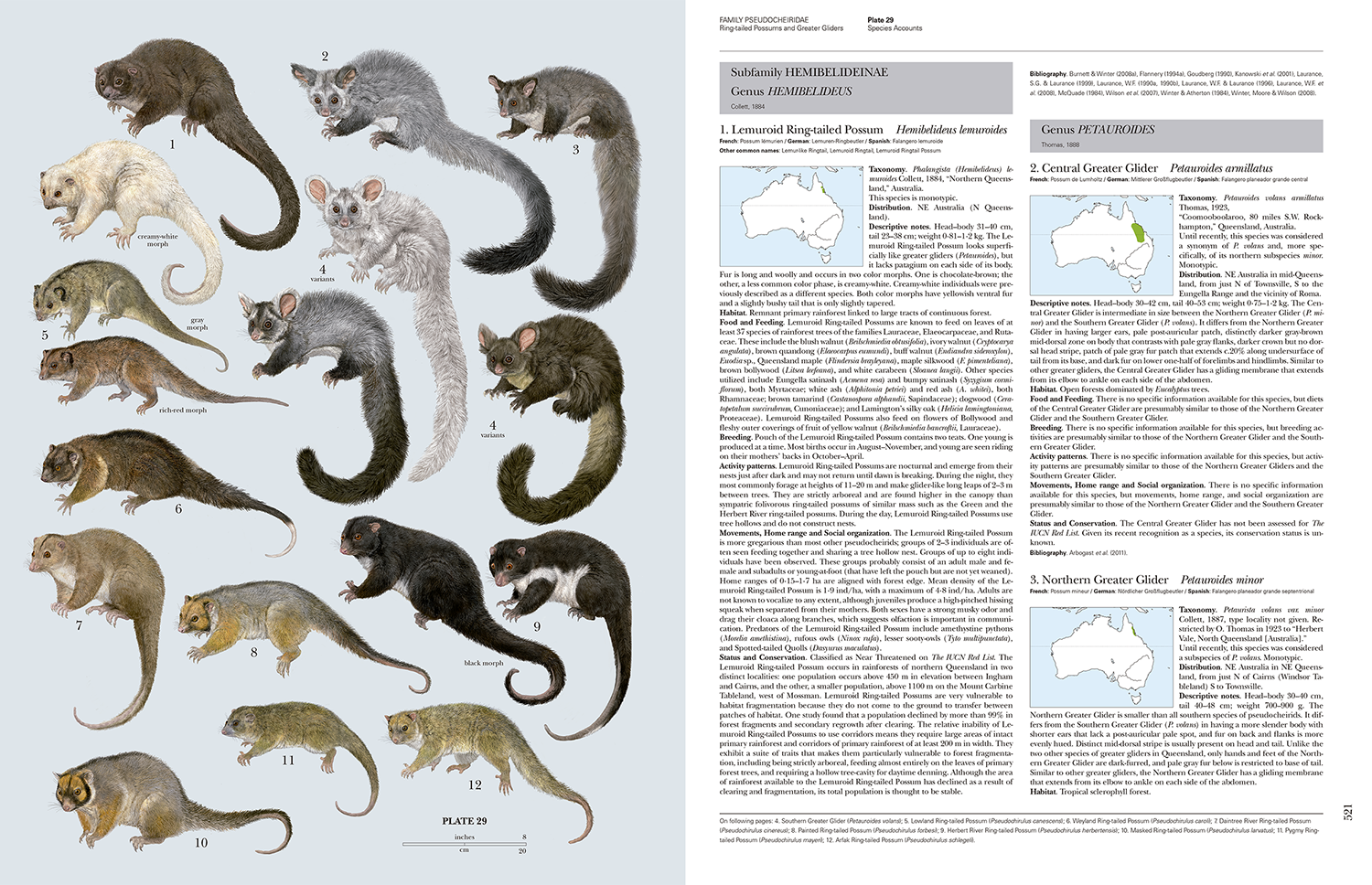
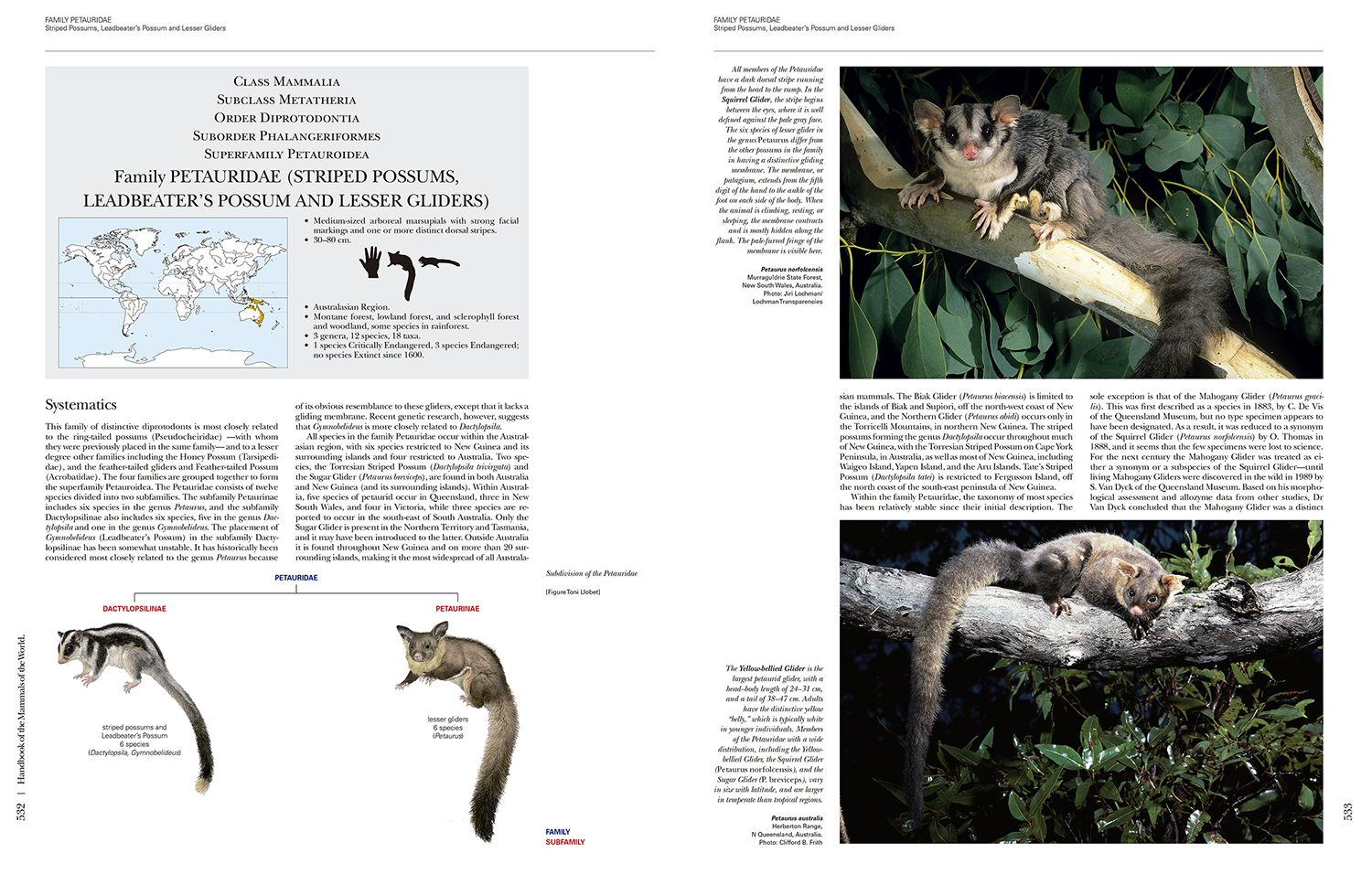
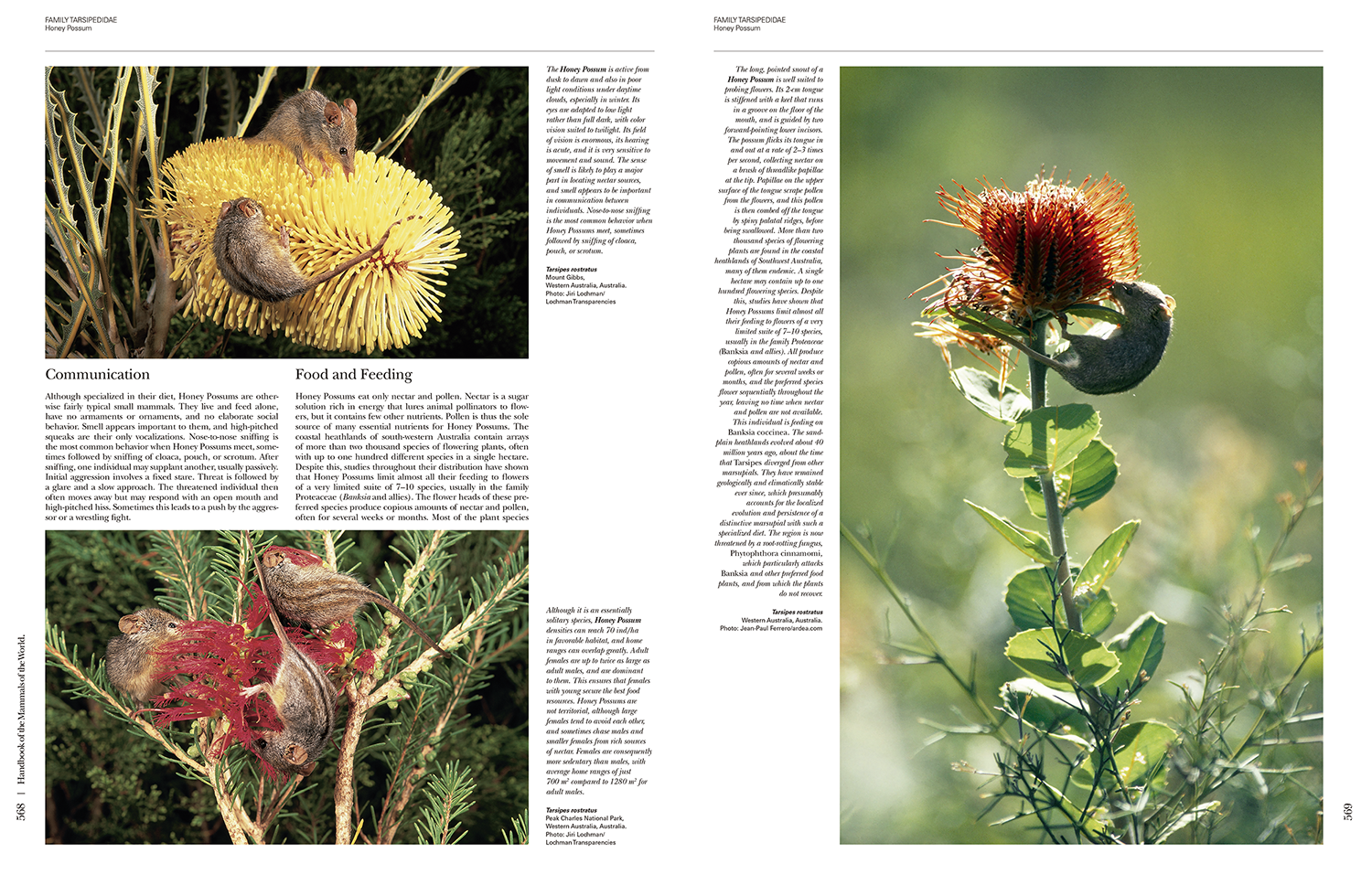


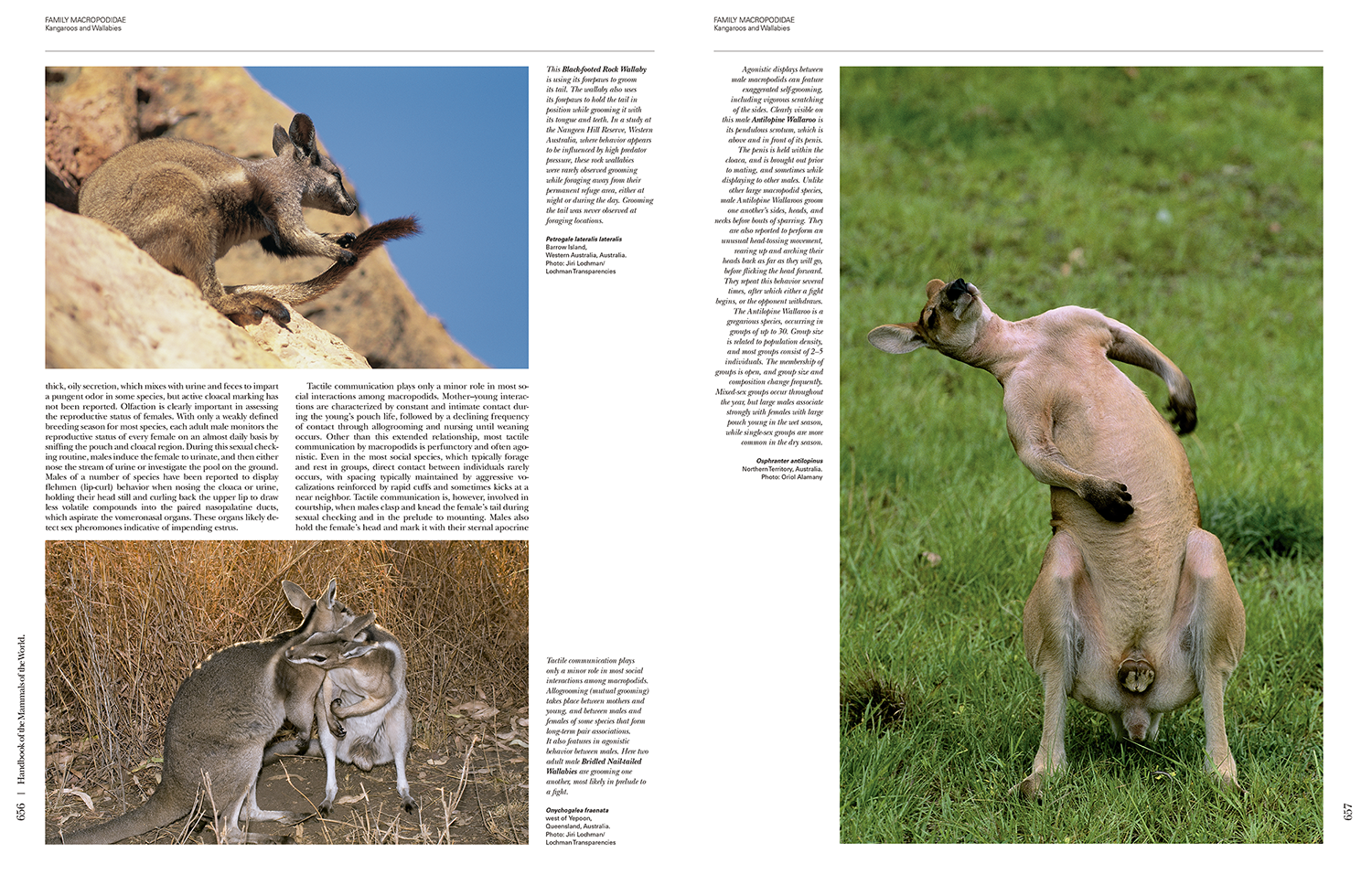
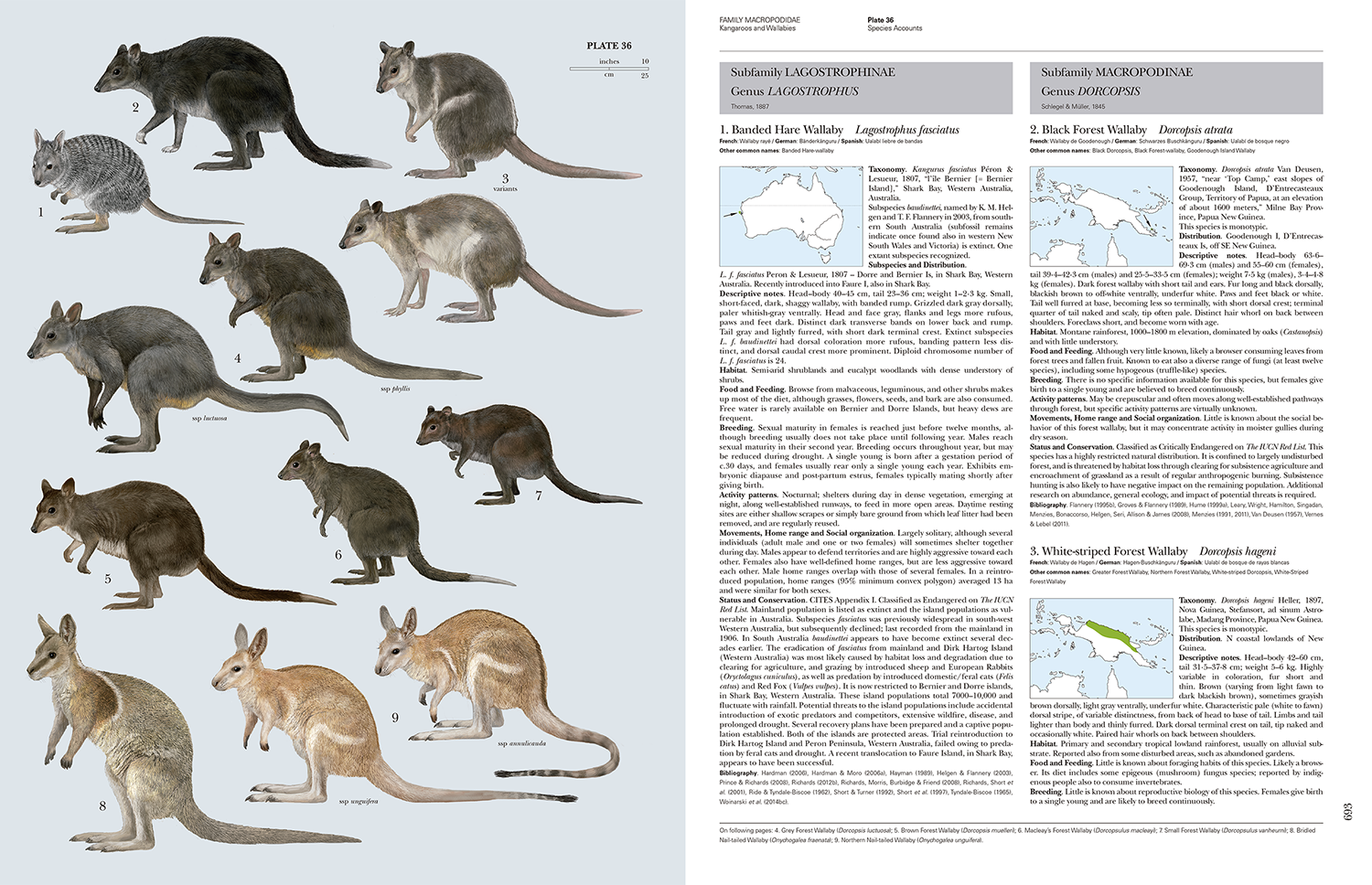
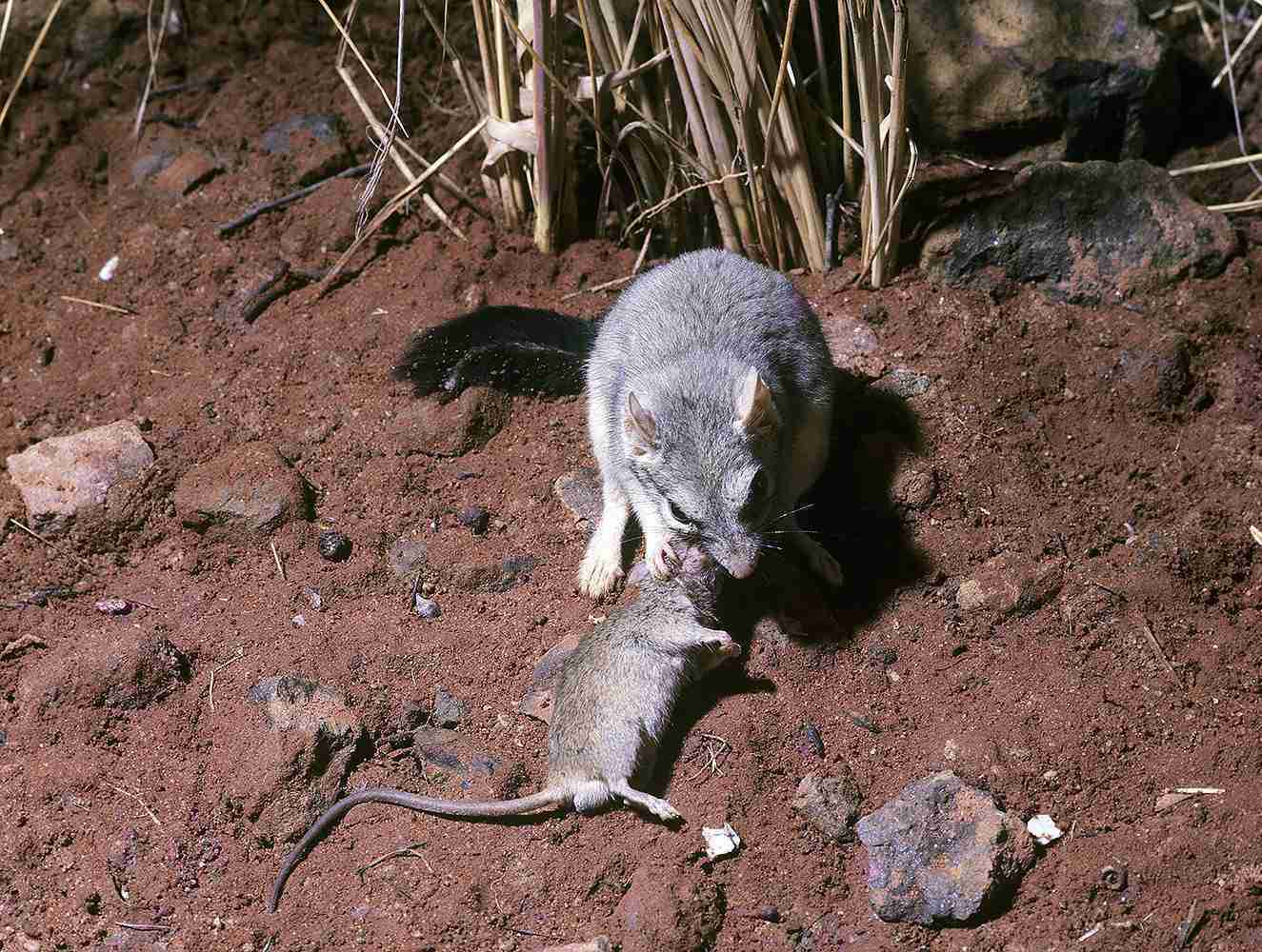
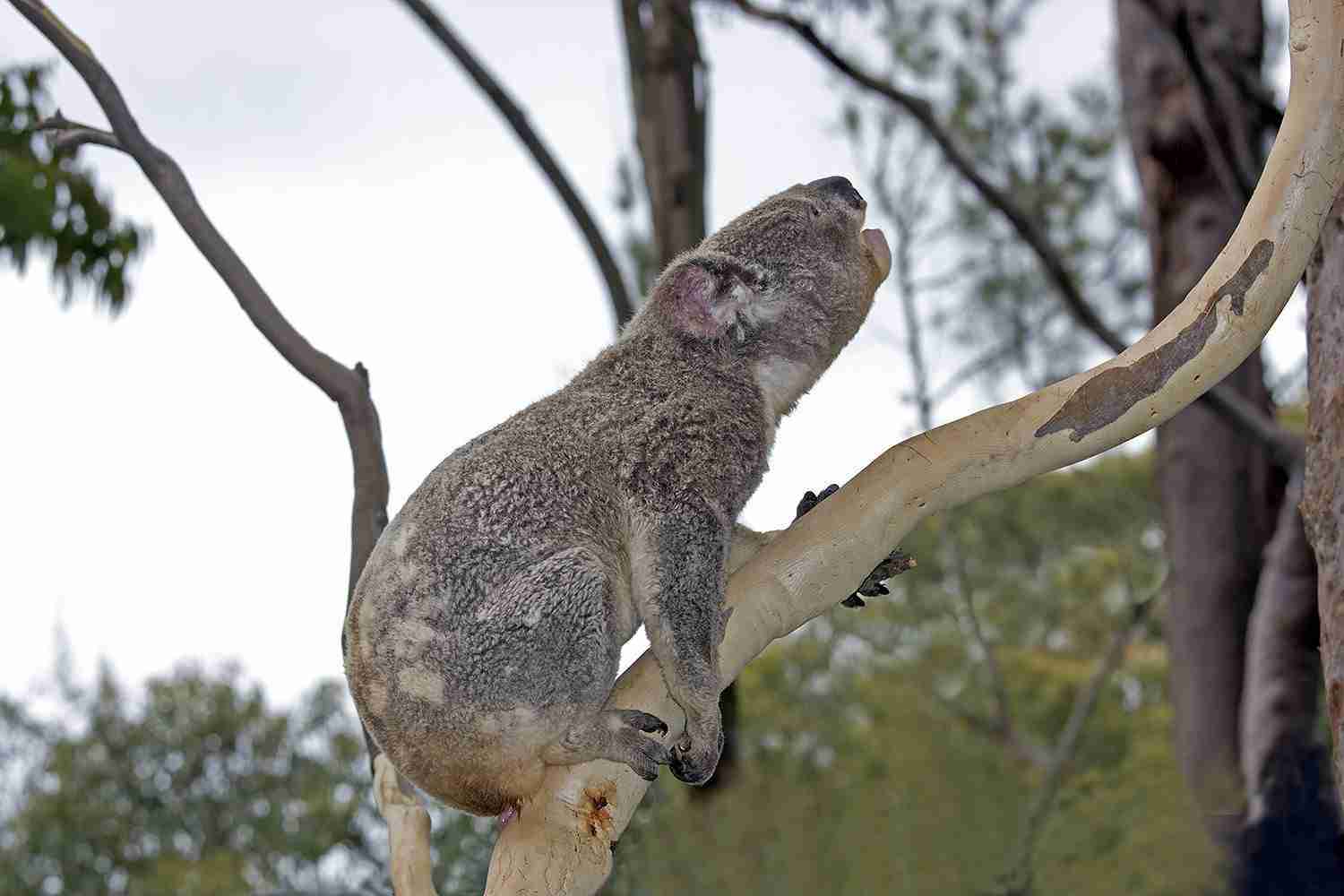
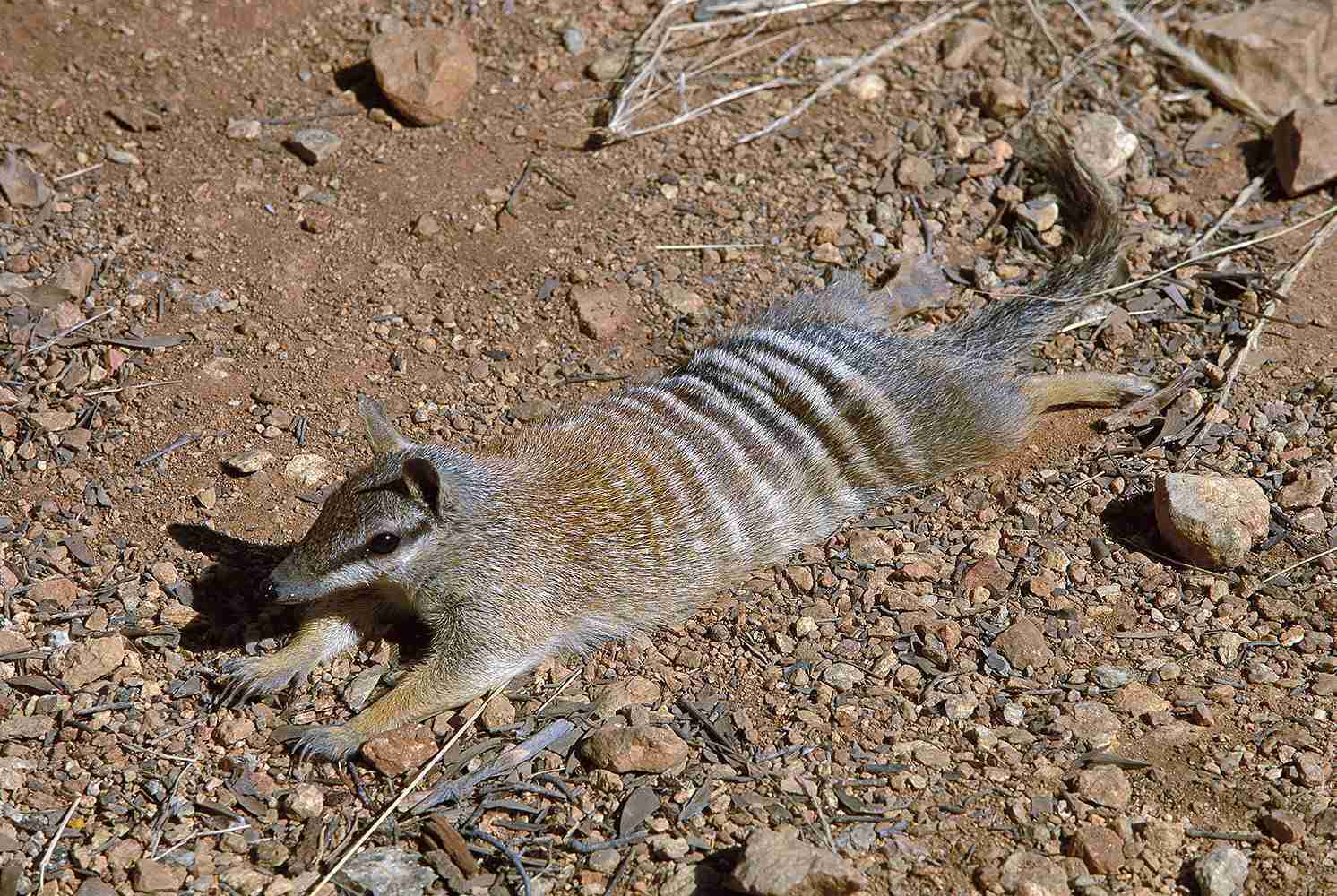
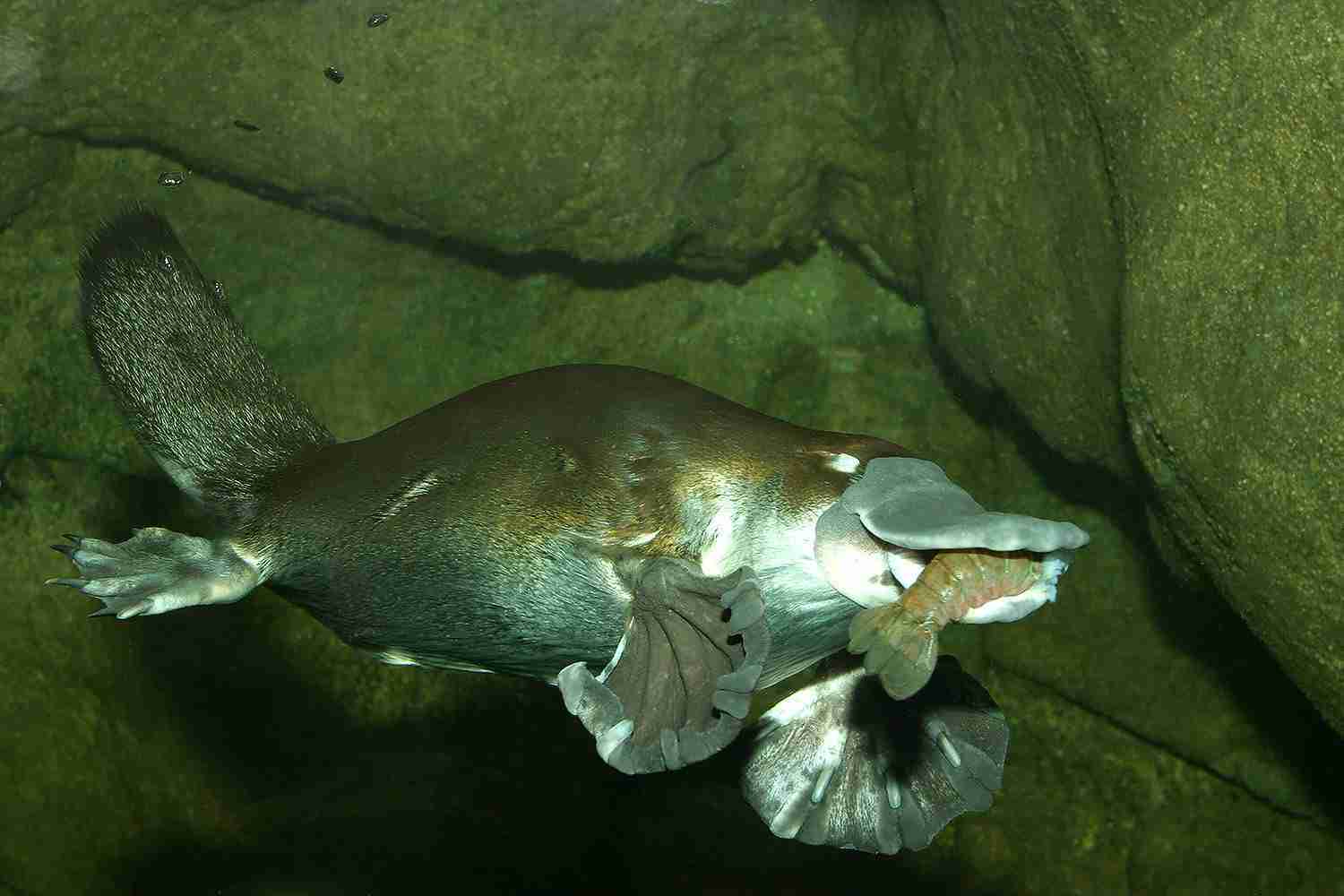
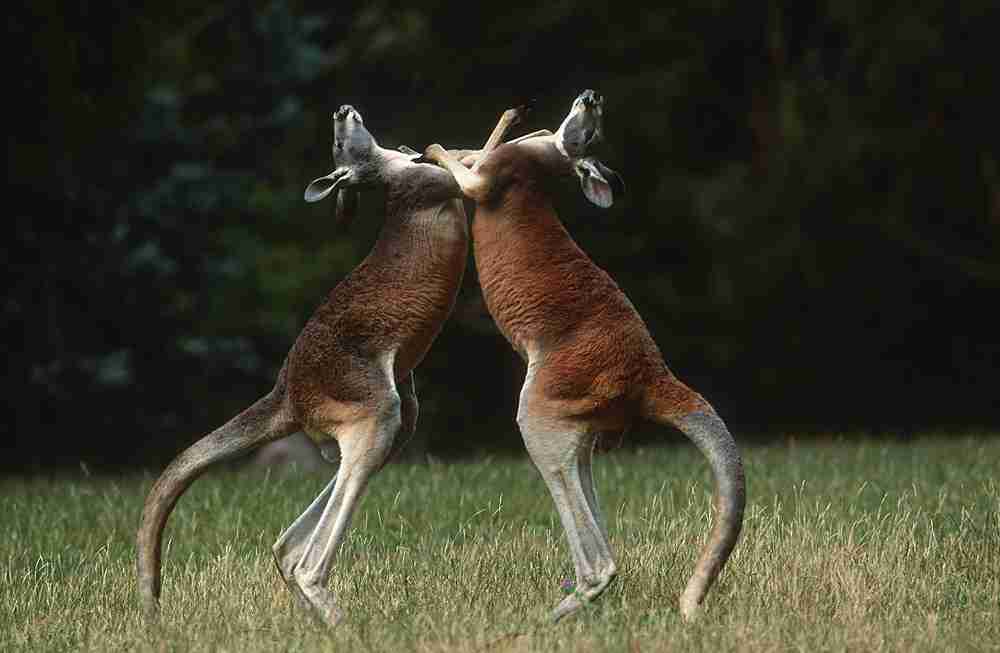
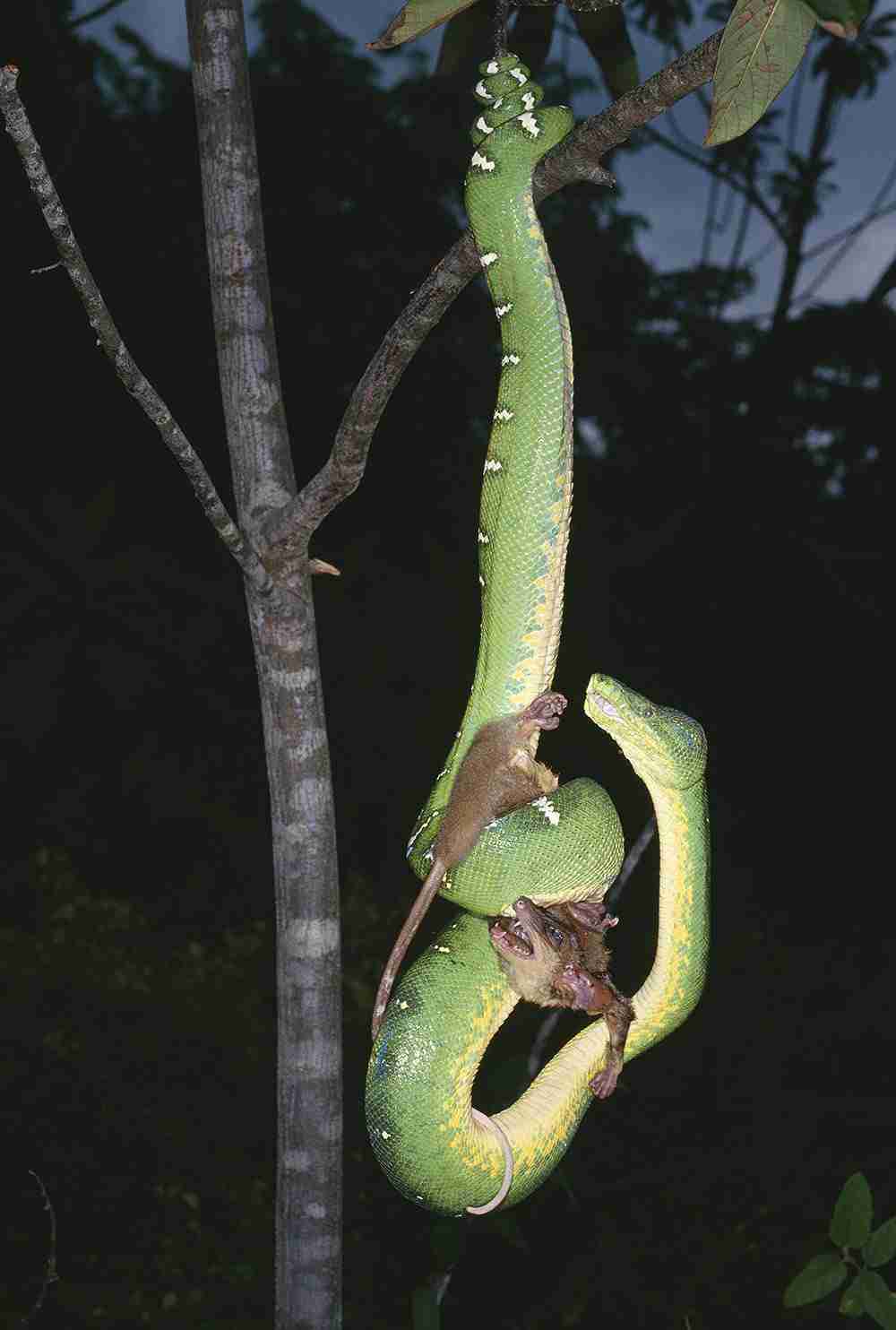
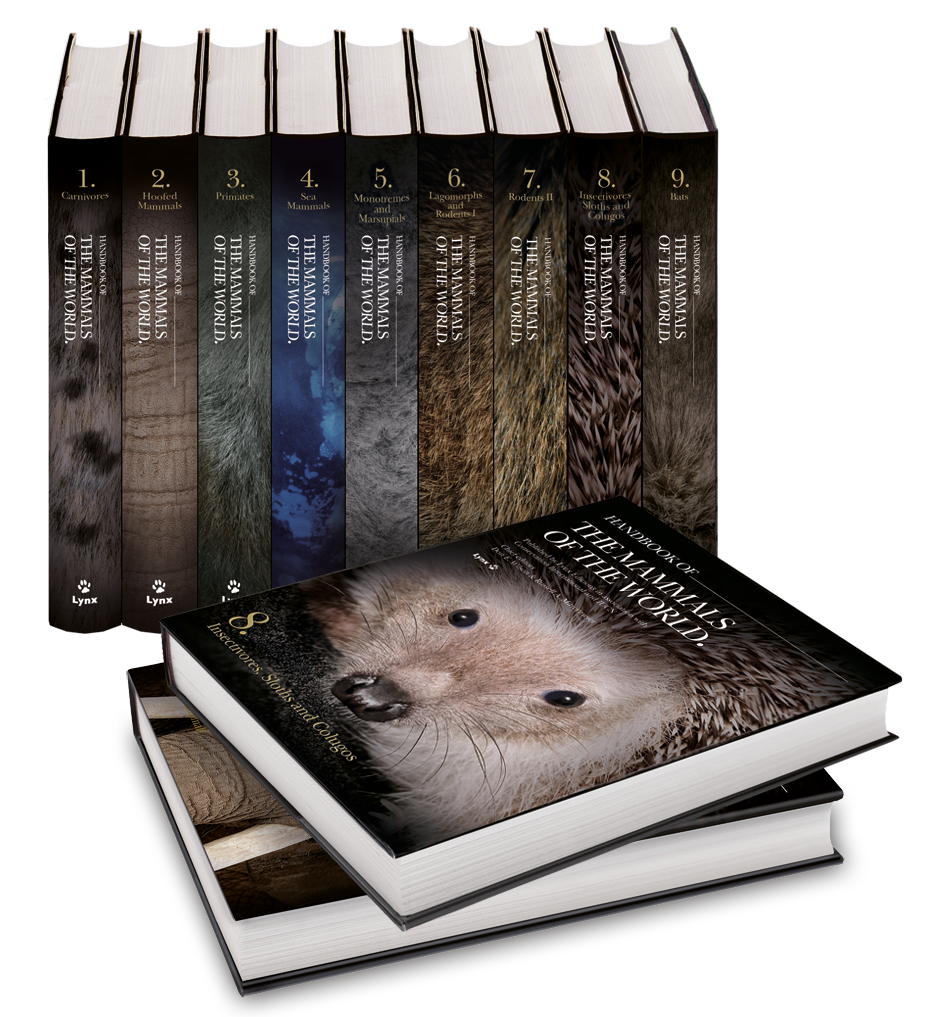
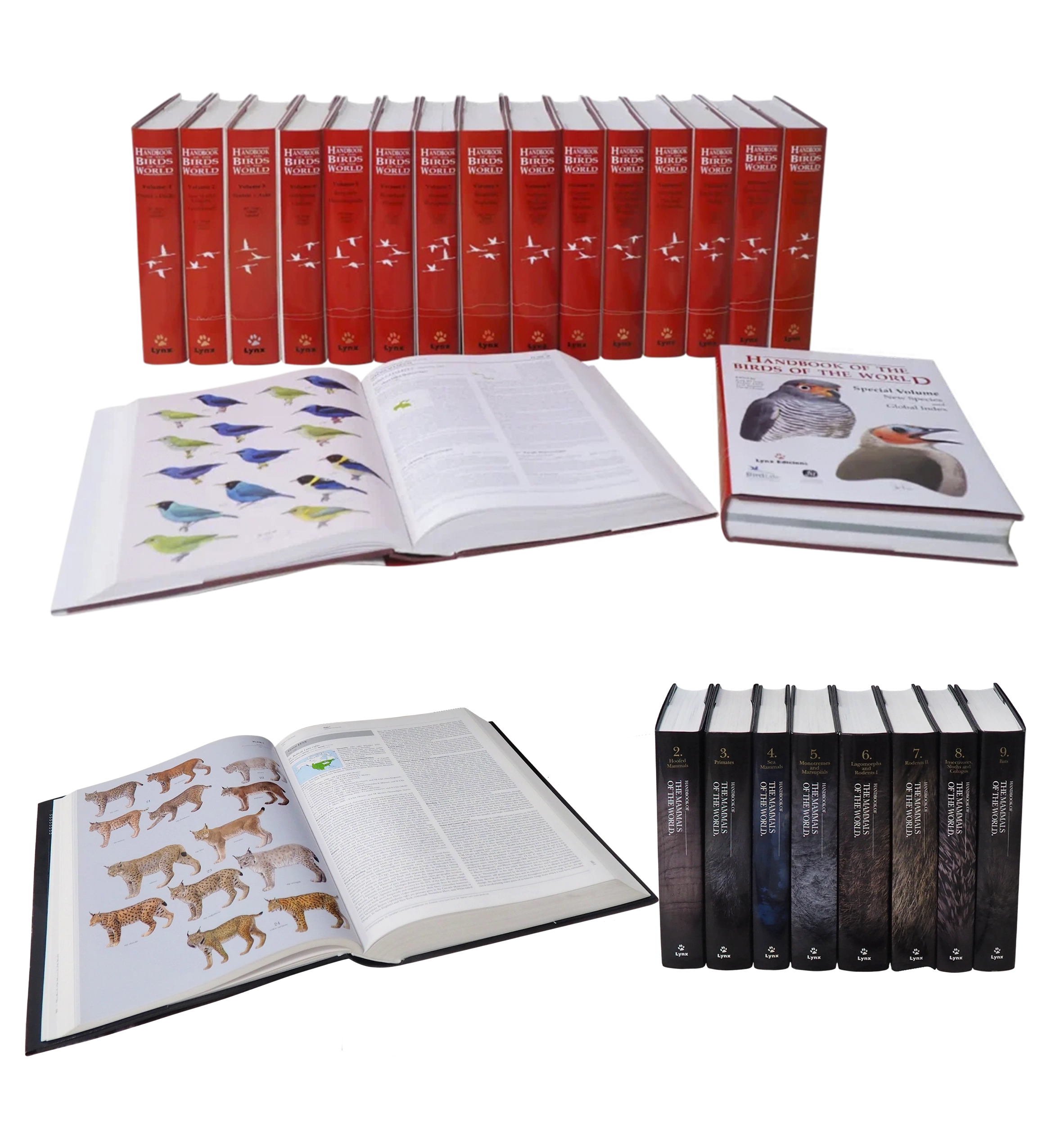
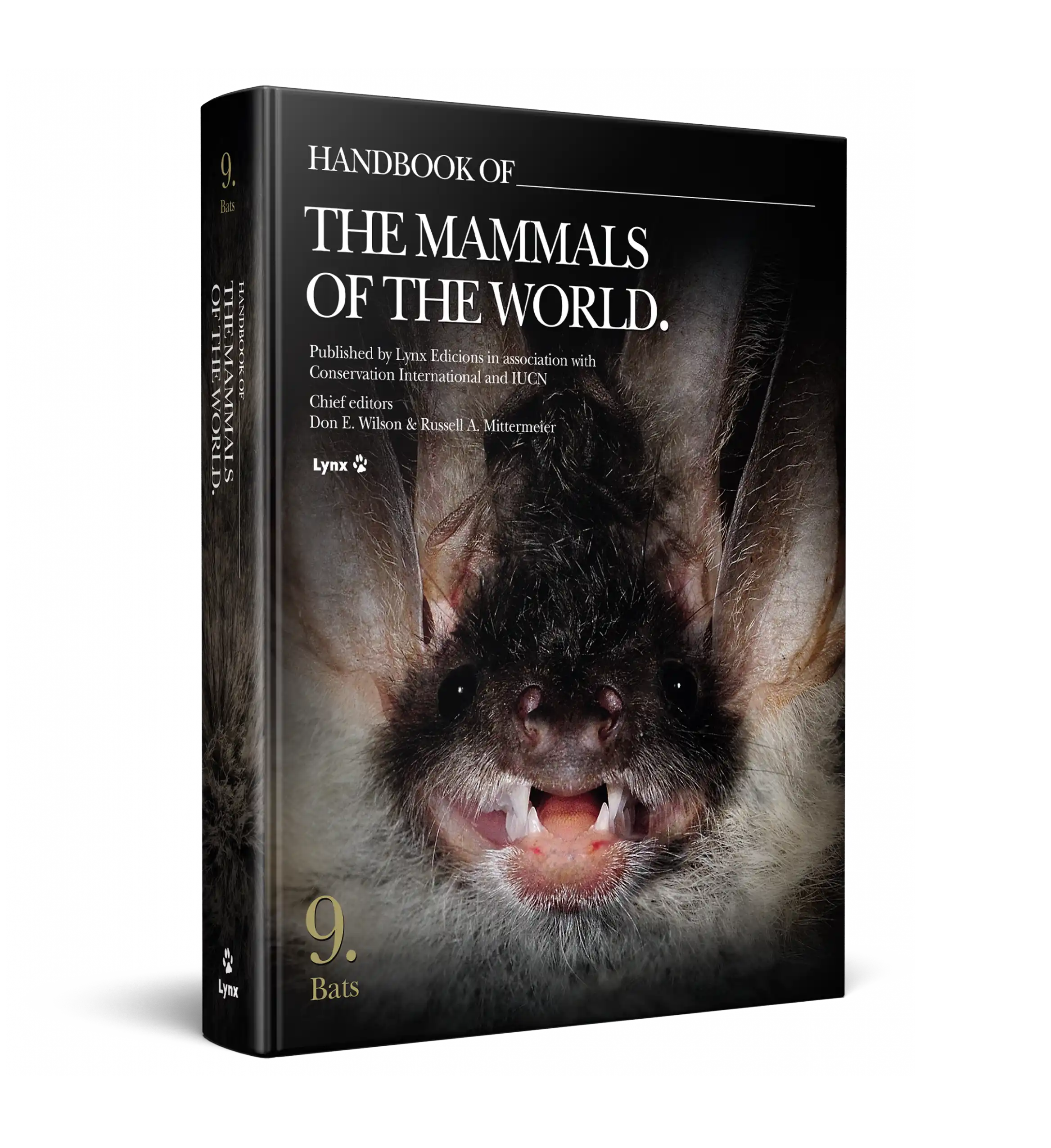
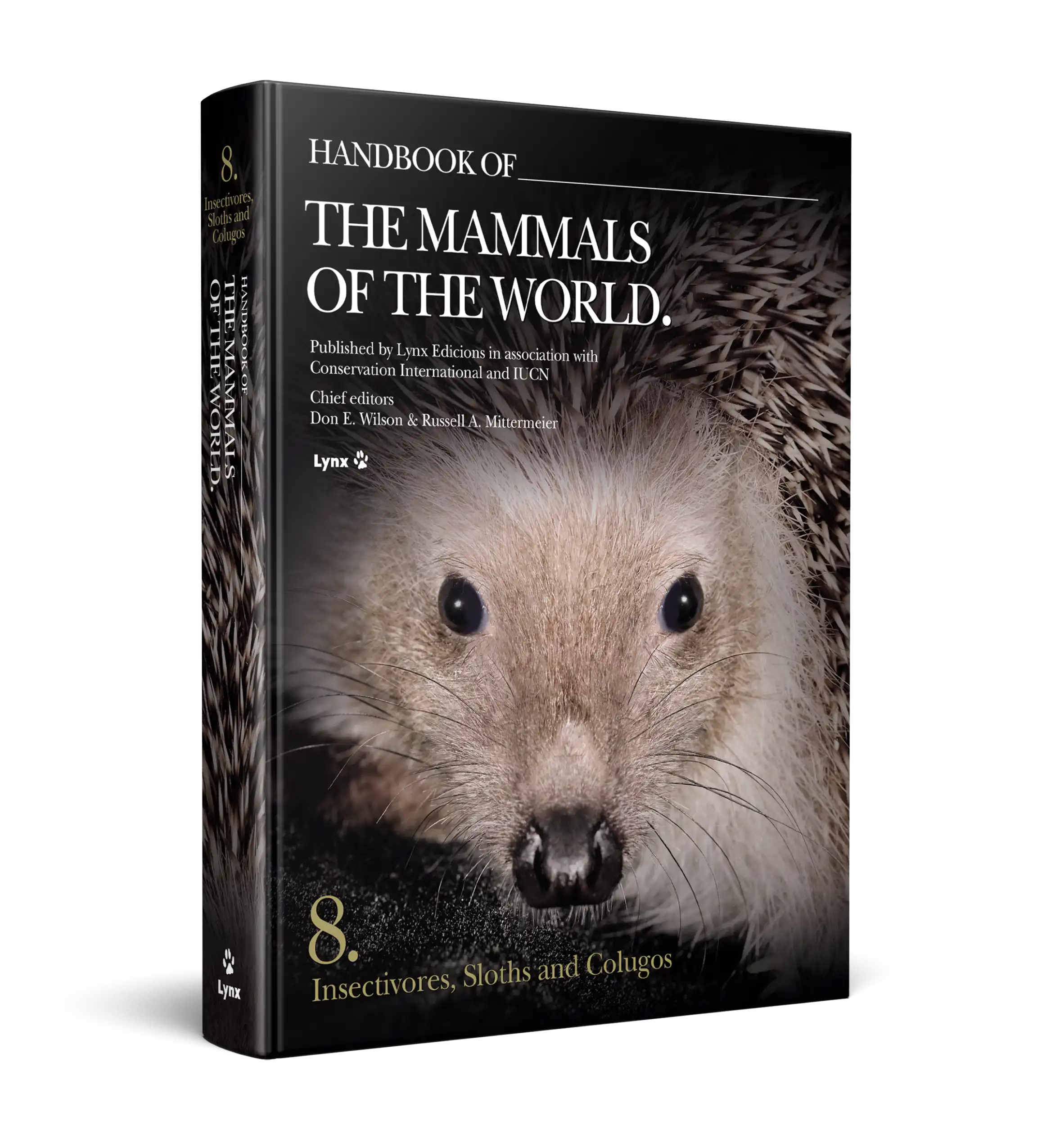
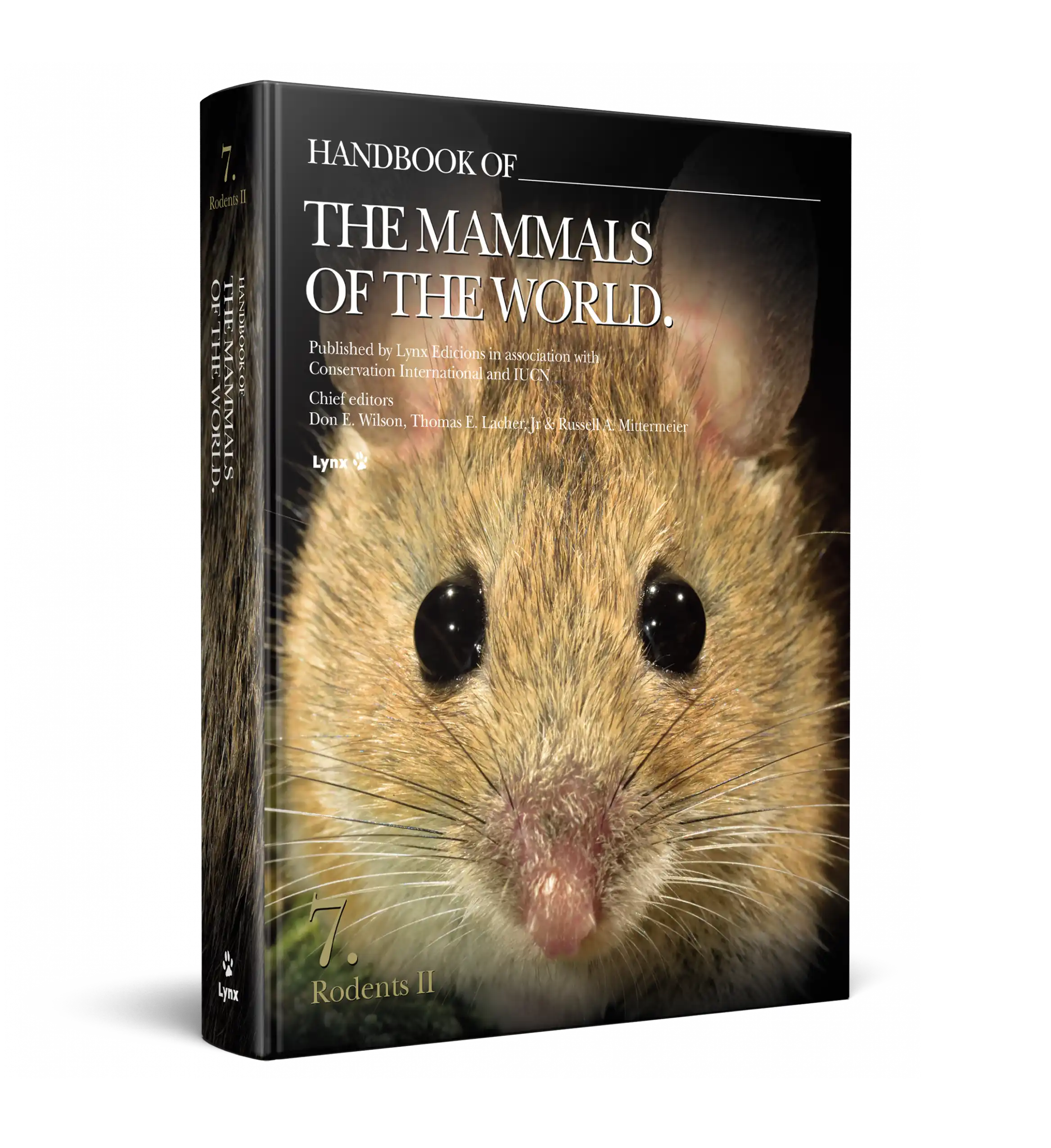
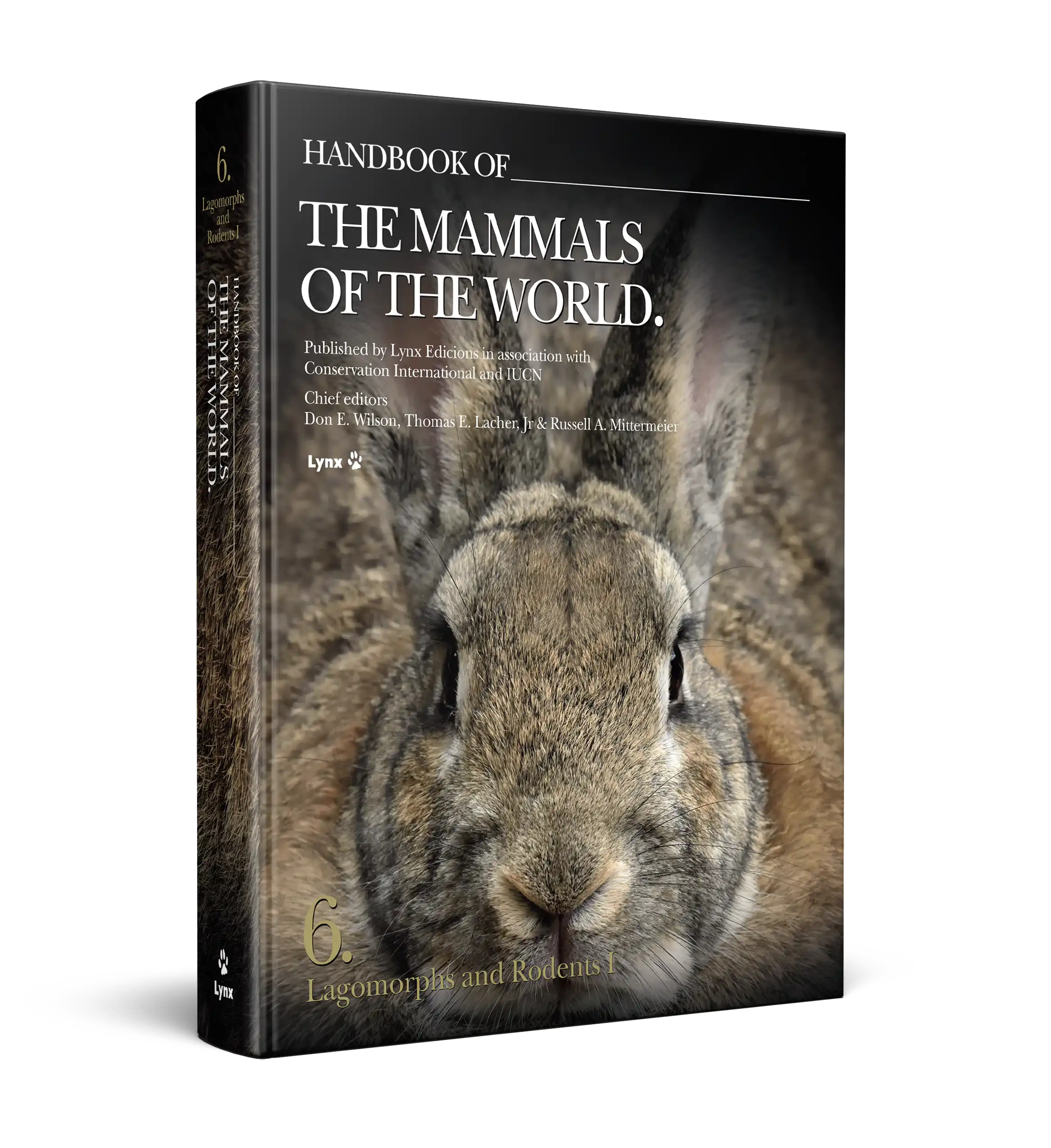
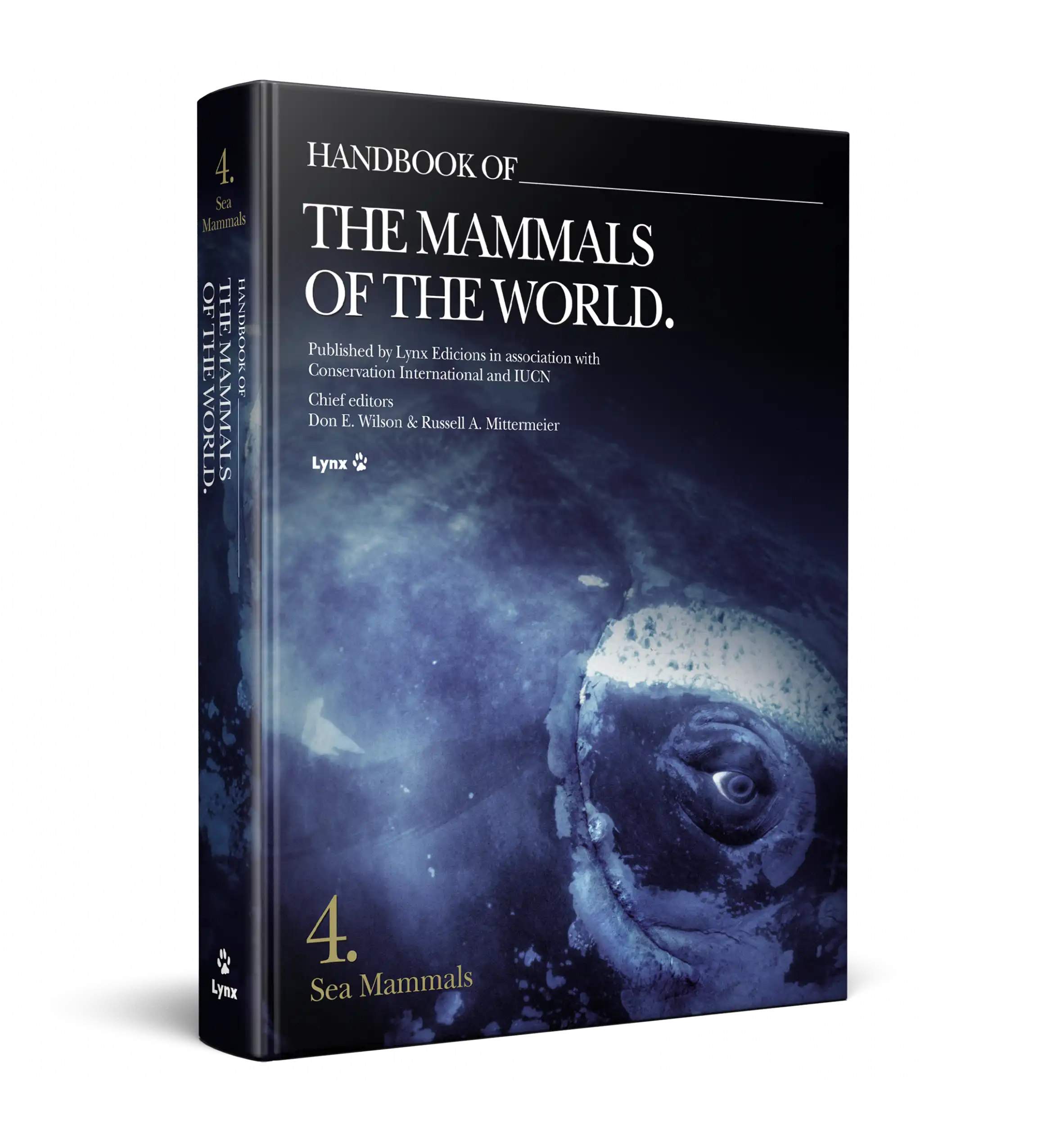
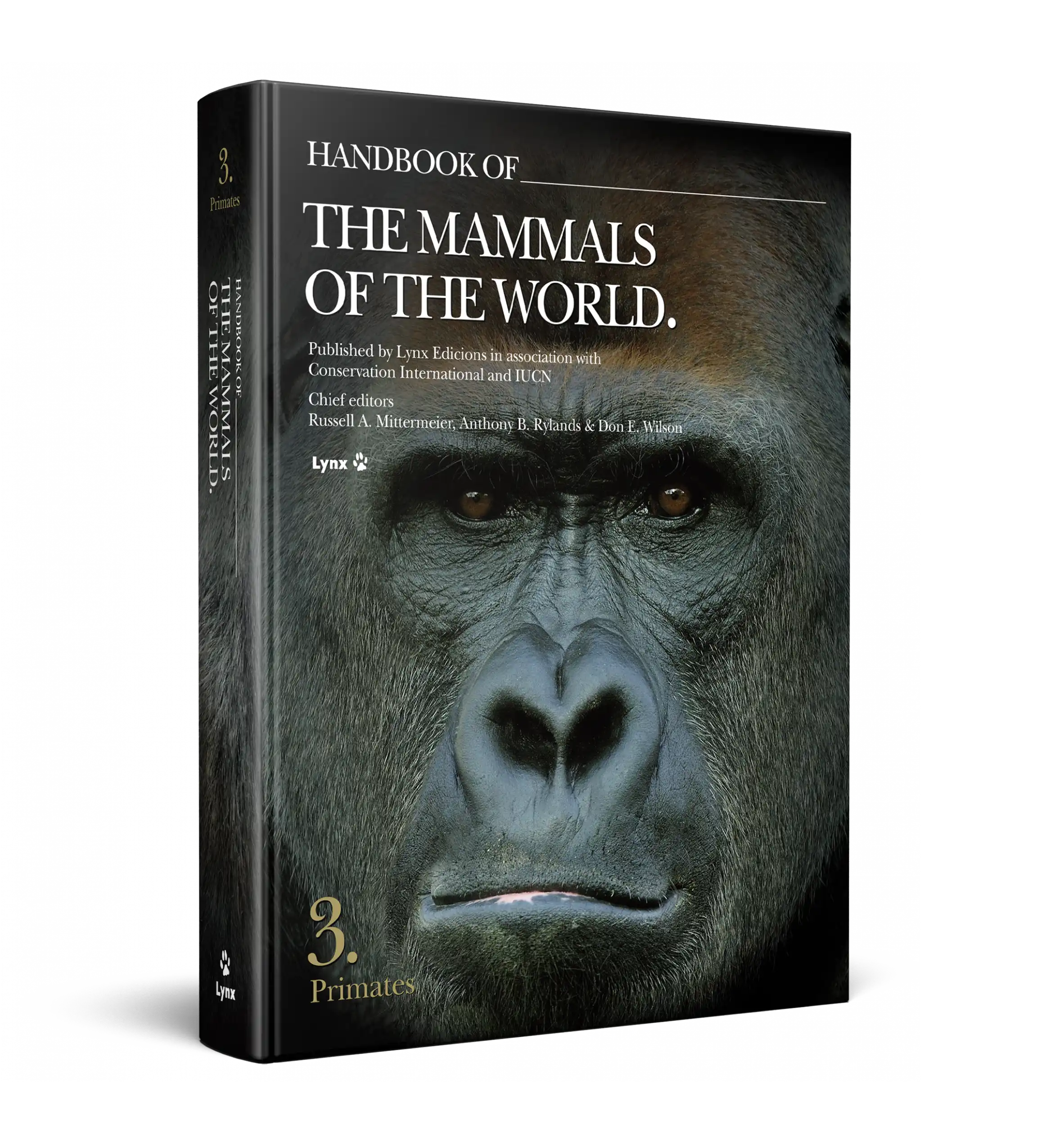
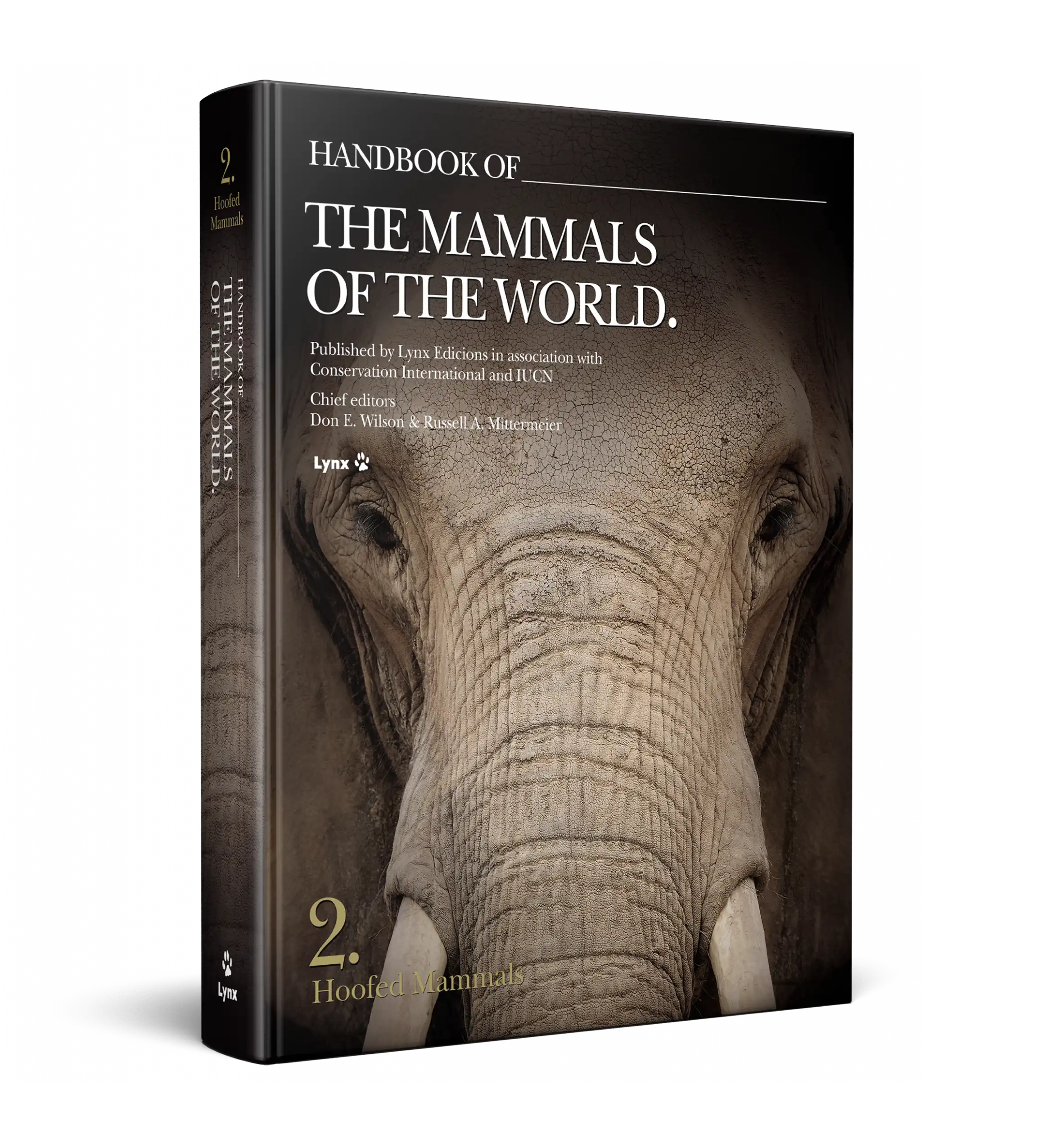
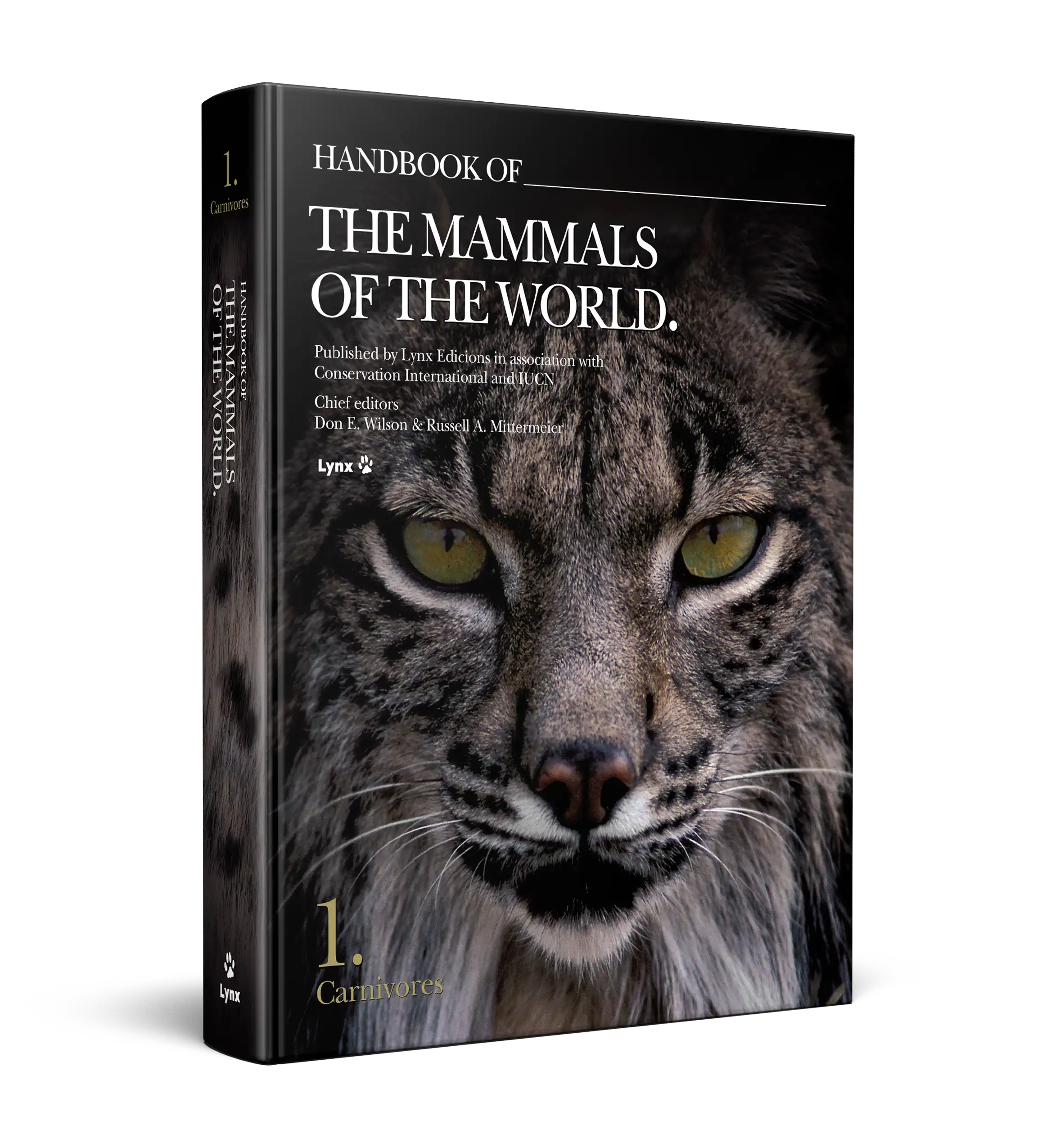
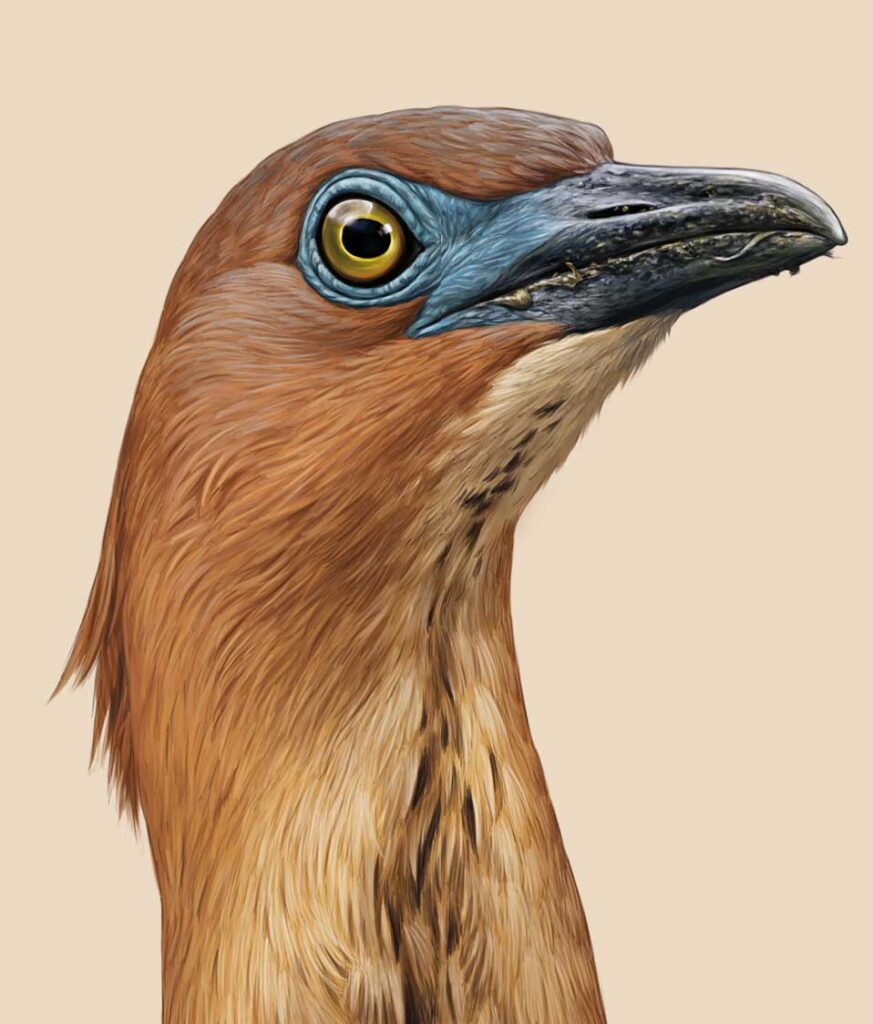
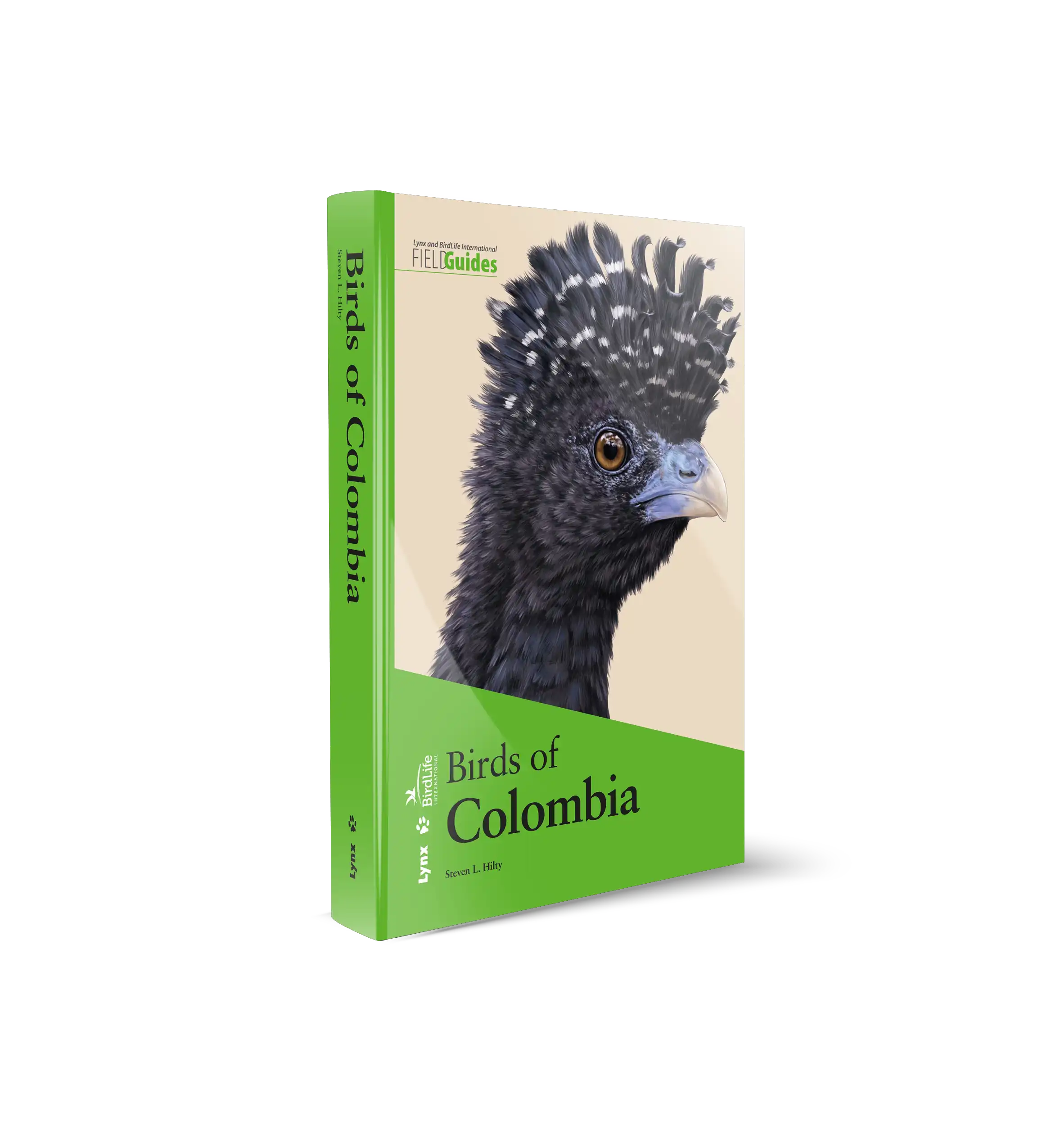
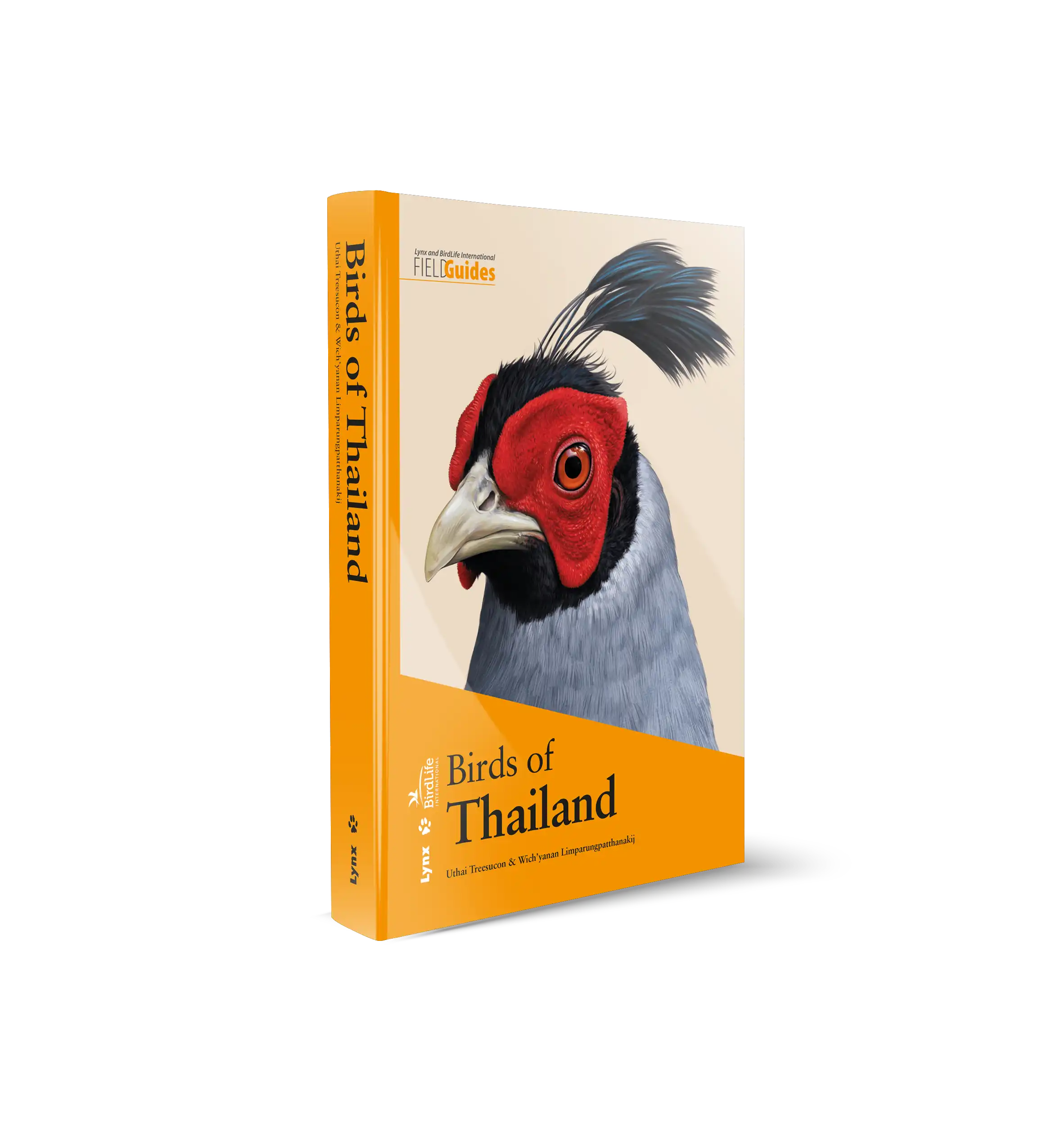
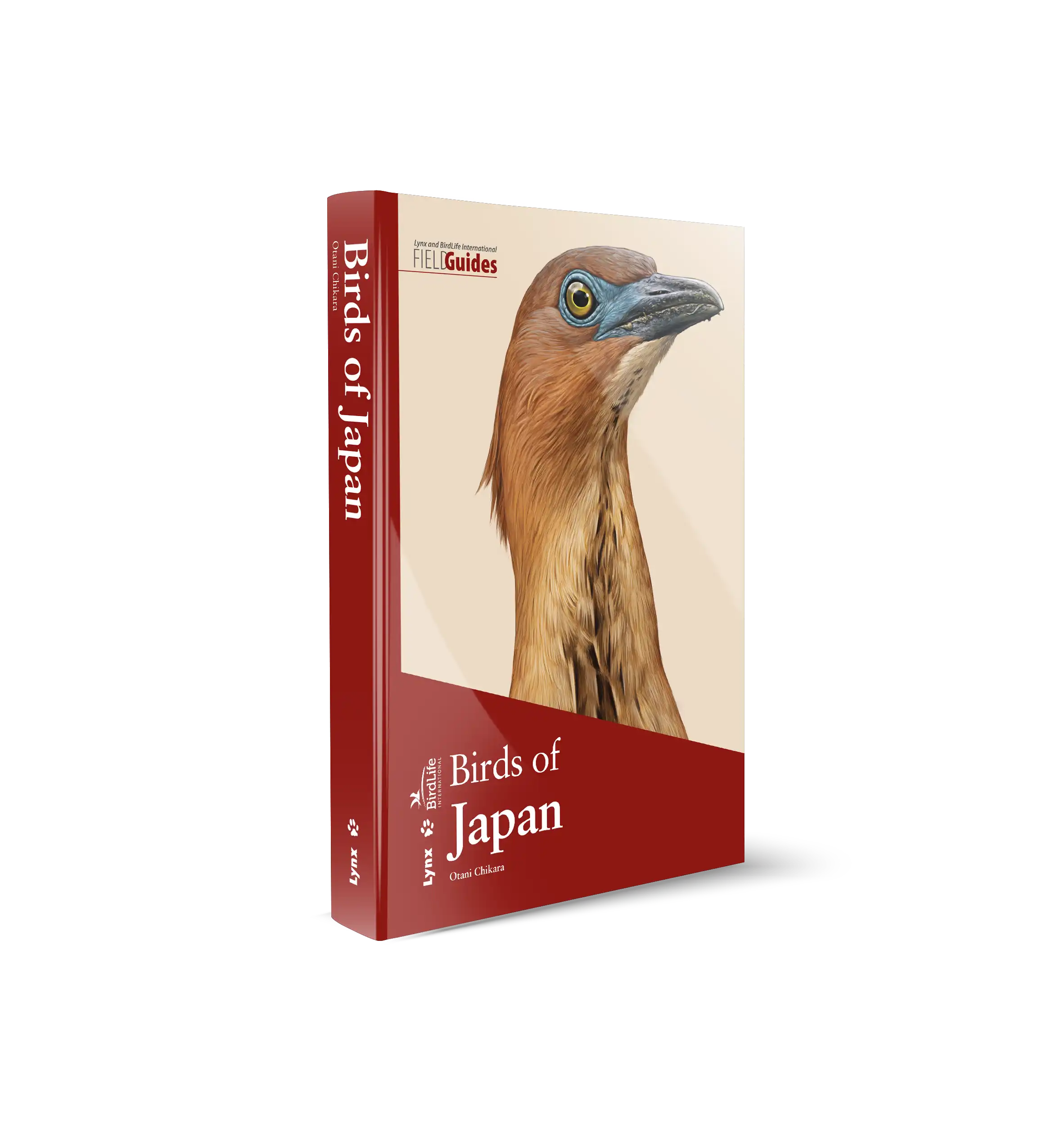








 版权 2025 © Lynx Nature Books
版权 2025 © Lynx Nature Books
Gehan de Silva Wijeyeratne –
As with the preceding titles in the series, the fifth volume in the Handbook of the Mammals of the World (HMW) is inspiring for the depth and breadth of scholarship. But this particular volume can also leave you upset and angry. In a departure from the other volumes, it includes recently extinct species and has an opening essay which is a pretty horrific account of how once widespread mammals became extinct very rapidly in just a couple of centuries through human activity in Australia. It is hard to imagine that remarkable marsupial carnivores like the Thylacine are now extinct because they were a threat to livestock farming. HMW 5 opens with an essay ‘Recently Extinct Australian Marsupials and Monotremes’ by Kristofer M. Helgen and Elizabeth G. Veatch (pages 17-25). It is a depressing read that only a century or two ago, modern humans could have been so thoughtless, unable to understand their impacts and not have set aside land early enough to conserve some of the special fauna of Australia. We read about the Toolache Wallaby; ‘probably the most beautiful and elegant of all the wallabies’. It was widespread in south-eastern Australia but changes in land use and unsustainable hunting led to its extinction. But hang on a minute, are we any better today? As I write this in August 2020, the British conservation press carries stories of Hen Harriers and other birds of prey shot on grouse moors. In France, the Minister of Ecological Transition, has presented a draft decree that would allow the killing of 18,000 European Turtle Doves this Autumn; allegedly half the population. This is a bird that is globally red listed and in Britain the population had plummeted to 10 per cent of what it was fifty years ago. There is a parallel between what is happening today with both birds and mammals in the UK and the extinction of mammals in Australia which HMW 5 opens with.
Mammals are classified into three subclasses, Prototheria, Metatheria and Theria (or placental mammals). The subclass Prototheria contains a single order, the Monotremata which has two families, the family Tachglossidae with three species of echidnas and the family Ornithorhynchidae with a single species of platypus. The monotremes are restricted to Australia and New Guinea. The monotremes are quite special and ancient and likely to have split early from reptiles. They are the only mammals to lay eggs. The subclass Metatheria comprises several orders of marsupial mammals which are found in the Americas and the Australasian region which includes New Guinea and adjoining islands. The marsupials have pouches within which they carry and suckle their young. In the Americas, the marsupials have their centre in South America although some marsupials such as the opossums extend their range to Canada in North America. The prototherians with the single order of monotremes and the metatherians with seven orders of marsupials are covered in this book. The marsupials include four orders which have a single family each. These are the Opossums, Shrew-opossums, Monito del Monti and Marsupial Moles. Two of the orders have two families each. One order, the Diprodontia have eleven families which include the familiar Kangaroos and Wallabies (family Macropodidae).
This single volume covers two of the three subclasses of mammals, the Prototheria and the Metatheria whilst the other eight of the nine volume series covers placental mammals or those in the subclass Theria to which humans and most mammals we are familiar with belong. I have lived most of my life in Europe and South Asia where both monotremes and marsupials are absent. When I spent a month in Sydney one of the things I did was to visit the superb Taronga Zoo which I knew offered me the best chance to see many of these secretive mammals, most of which are nocturnal. Some marsupials such as the Shrew-opossums (order Paucituberculata) are confined to high elevations of the Andes. South America also has the Monito del Monte a nocturnal and secretive species with an order to itself (Microbiotheriidae). It is a sad reality that for most people, a book such as this may be the only way to become acquainted with the wonderful diversity of mammals. Some species, sometimes entire orders of mammals, may be just too difficult to see in person in the wild or even in a Zoo.
The volume follows the standard format for the series. A few preliminaries are followed by expansive family introductions which are grouped under standard categories including Systematics, Morphological Aspects, Habitat, General Habits, Communication, Food and Feeding, Breeding, Movements, Home Range and Social Organisation, Relationships with Humans and finally Status and Conservation. These sections are interspersed with stunning images of a generous size afforded by the larger encyclopaedia size of the pages. Some images occupy a full page combining a coffee-table presentational format to a book underpinned by solid science.
The family sections begin with a useful fact box and a map showing the global distribution of the family. The systematics section often uses a diagram to explain the composition of subfamilies with a discussion on the latest classification based on molecular phylogenetics. The family chapters finish with plates and species accounts. In the species accounts the text is more telegraphic in style and intended to be for reference. The expansive family accounts on the other hand, although packed with solid science are a pleasurable read. There is something interesting and exciting to learn in every paragraph. I just wish sections of pages could be detached for a read on the train. As with all of the volumes each book is a remarkable team collaboration with an editorial team and authors. Twenty authors have contributed to this volume with the plates illustrated by Toni Llobet. The image selection is stunning and some of the mammals look like they have been imagined by a cartoonist for a Walt Disney film. In the end sections is a list of the references of scientific descriptions (pages 739-741) followed by a comprehensive list of general references (pages 742-784).
Although at the start of the review, I dwelt on extinctions, the book also offers glimmers of hope that all is not lost. New mammals will continue to be described to science in South America which still has large areas of forest to be properly explored by zoologists. However, it is more exciting to learn that new mammals continue to be discovered even in Australia; an example being the Black-tailed Antechinus from Eastern Australia.
The fifth volume of the Handbook of the Mammals of the World on Monotremes and Marsupials is a fascinating volume to several orders of little known mammals which only a handful of serious mammal enthusiasts will be aware of. HMW 5 brings together expert authorship, stunning images and a functional layout to be both a reference volume and a pleasurable read.